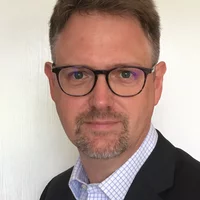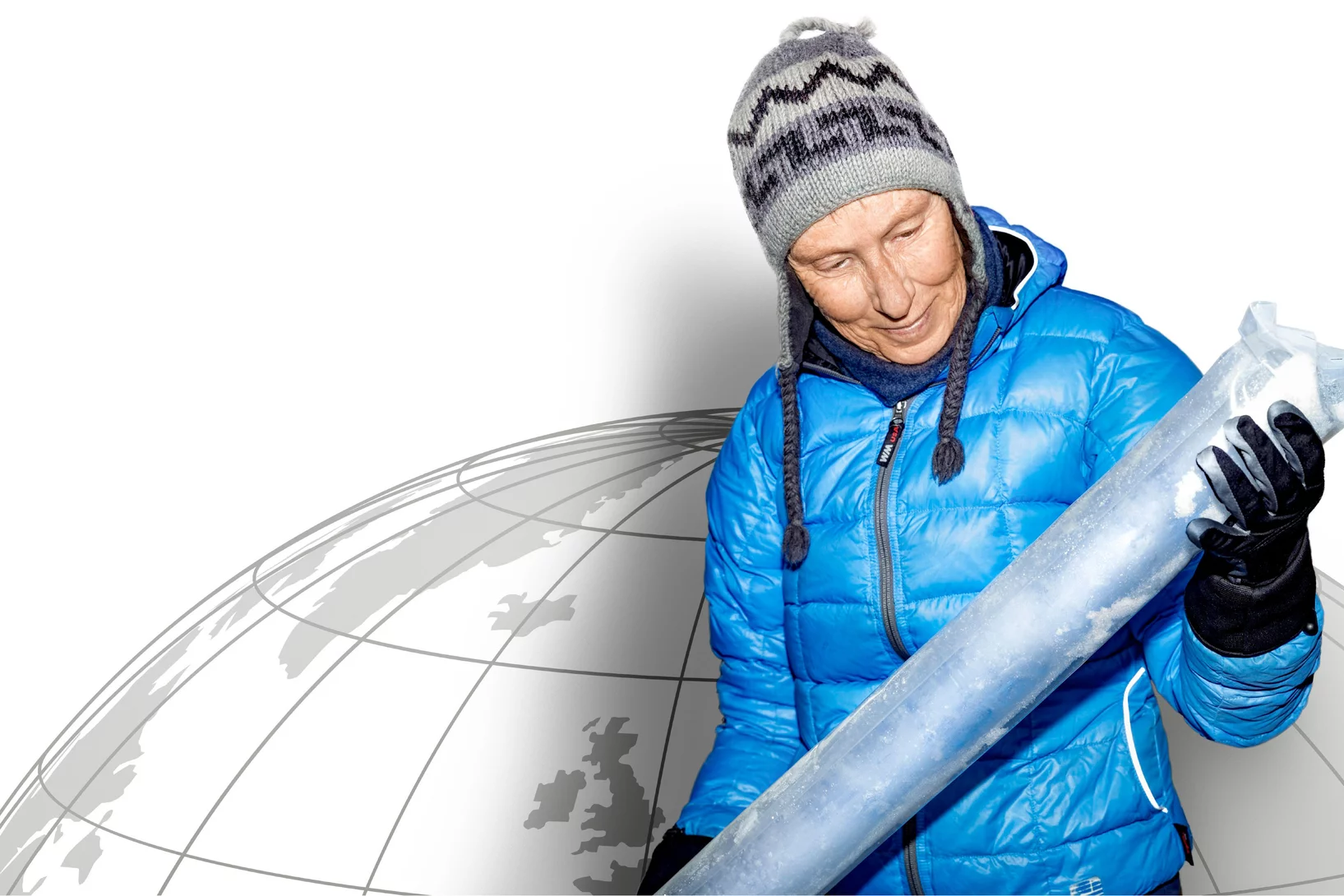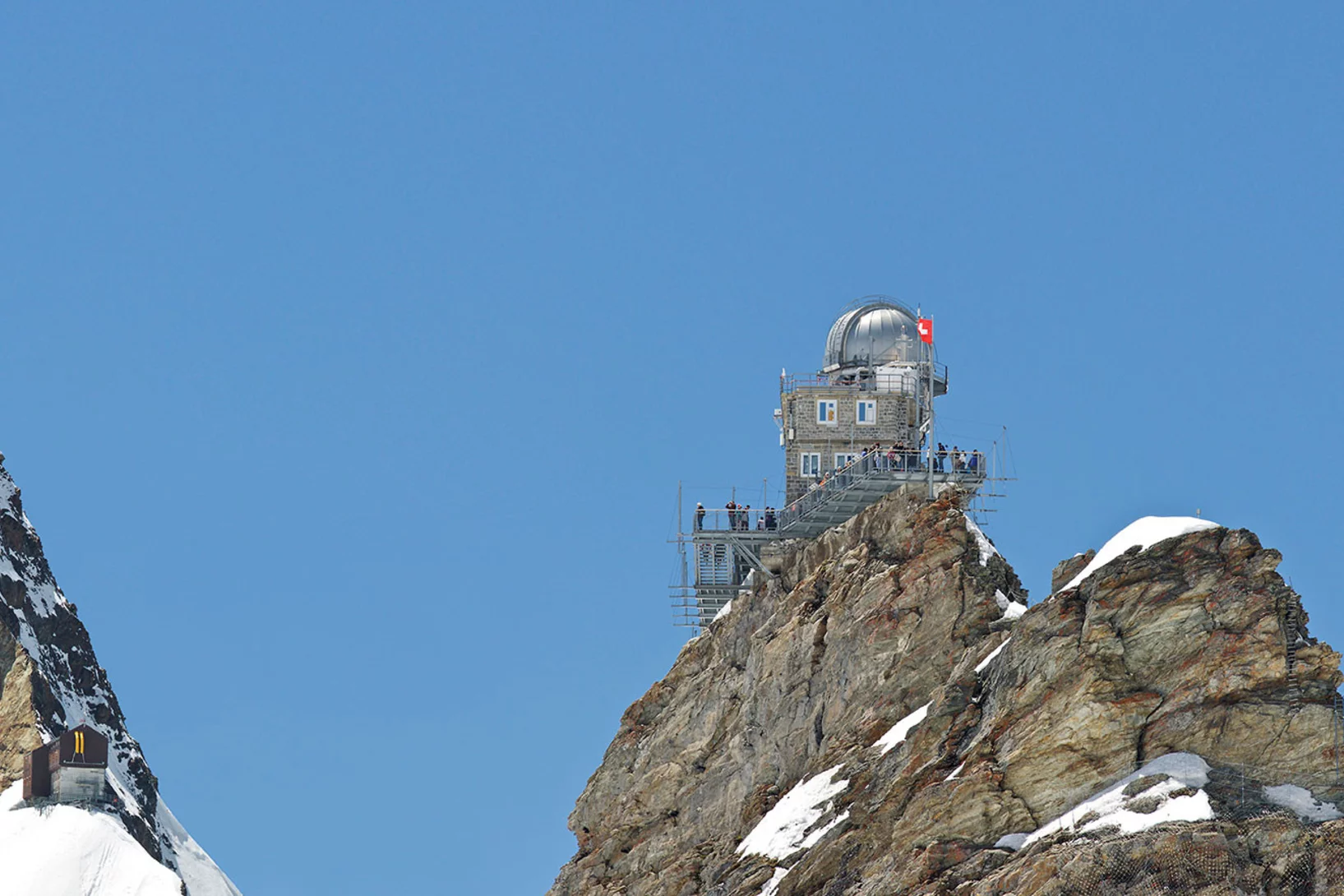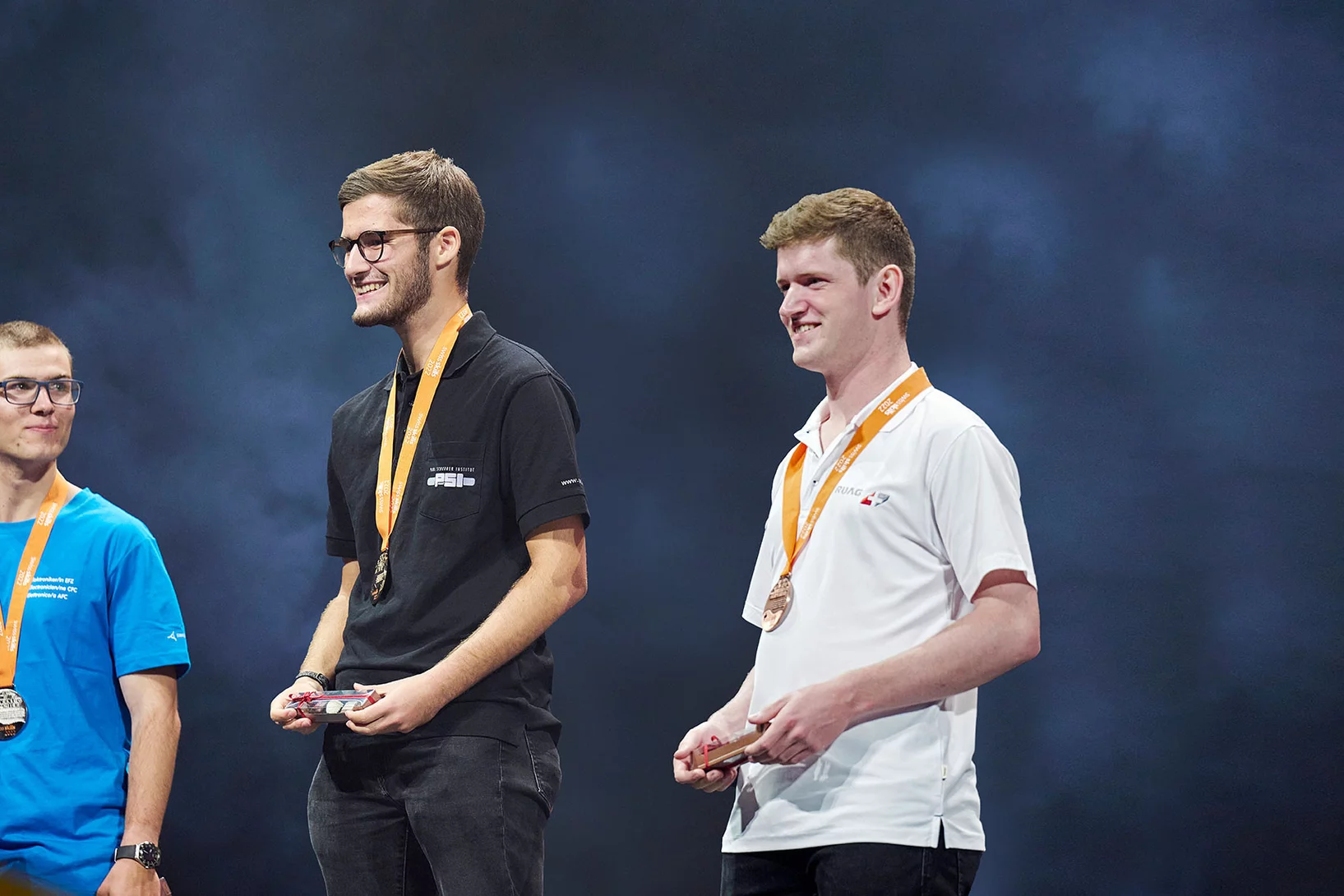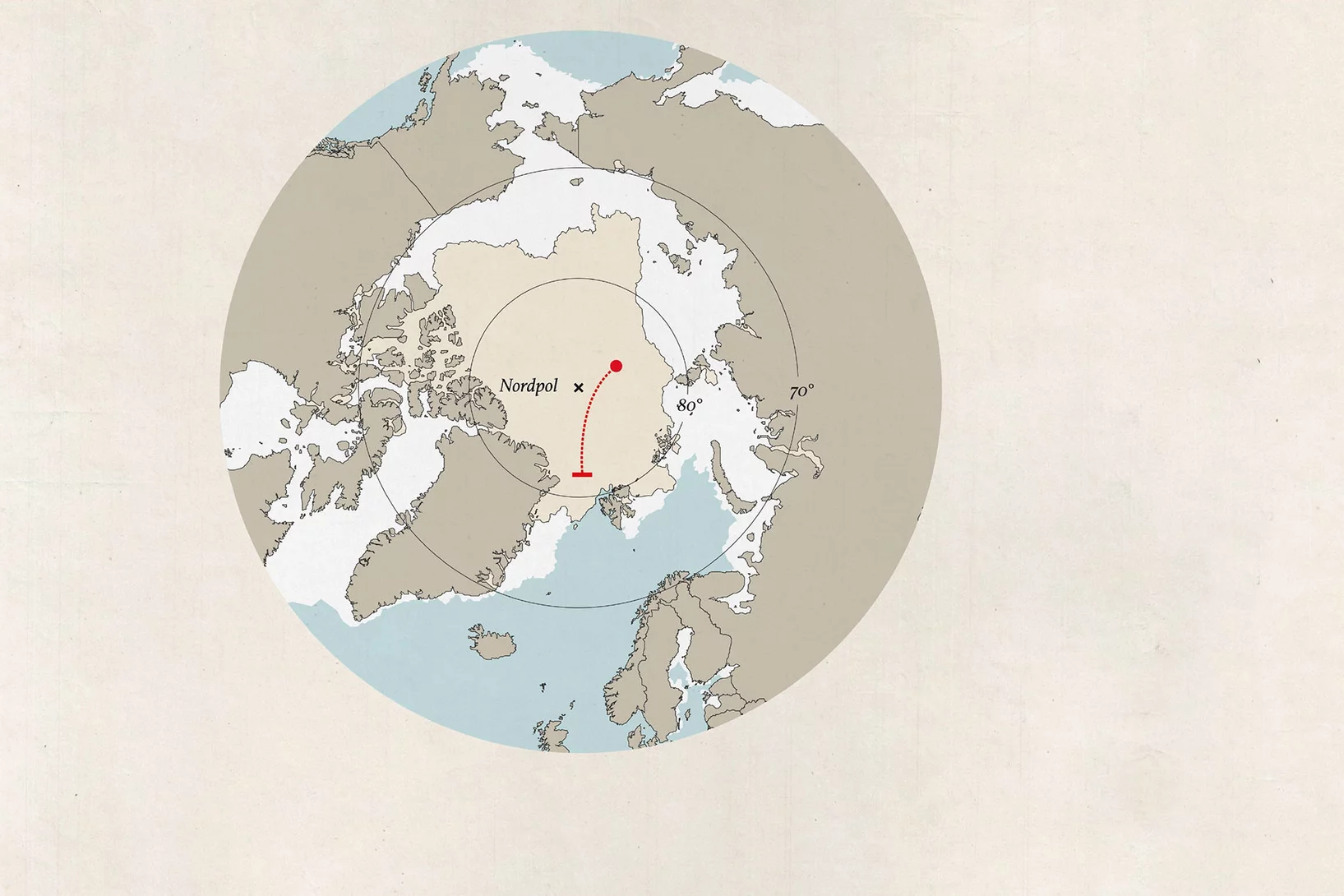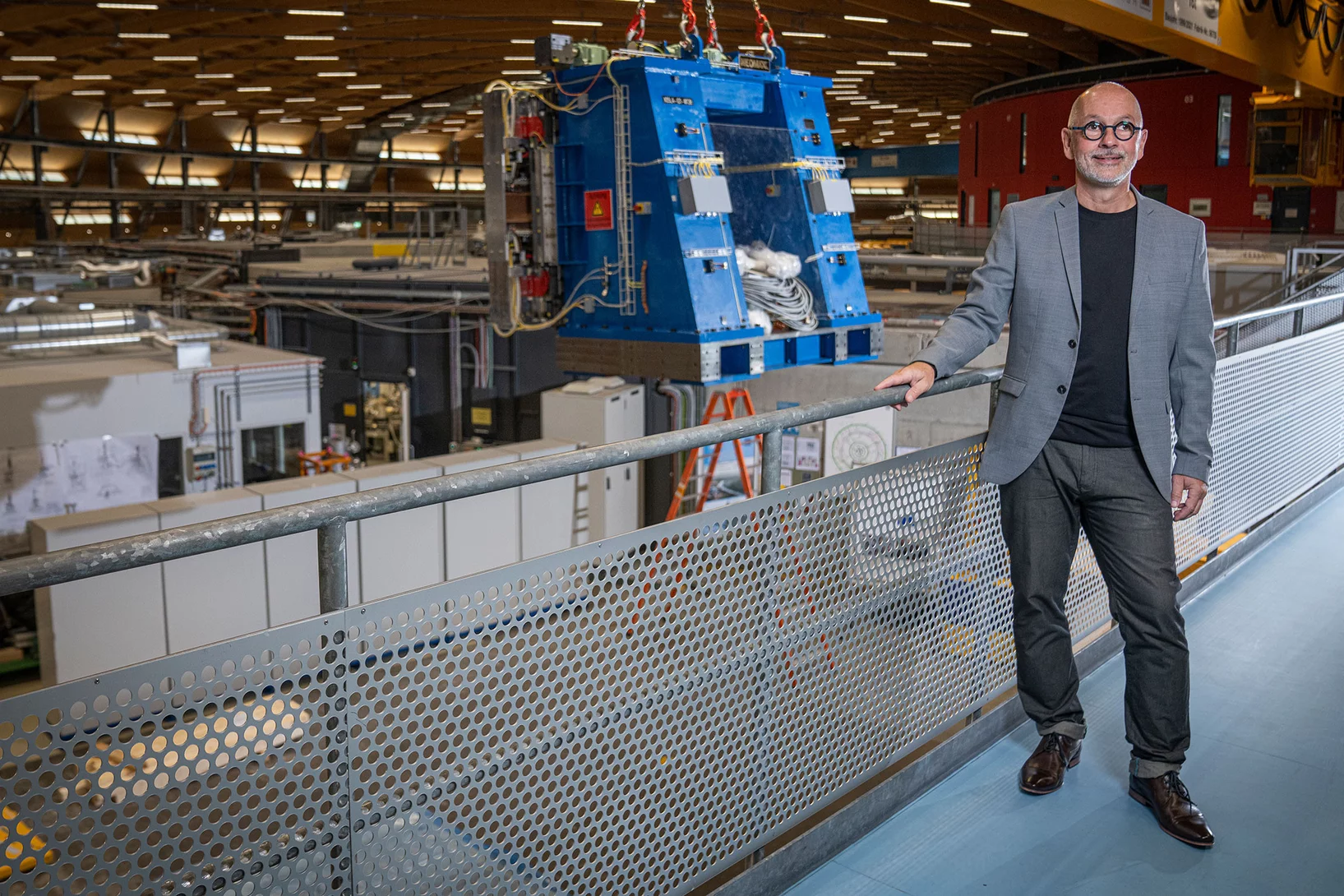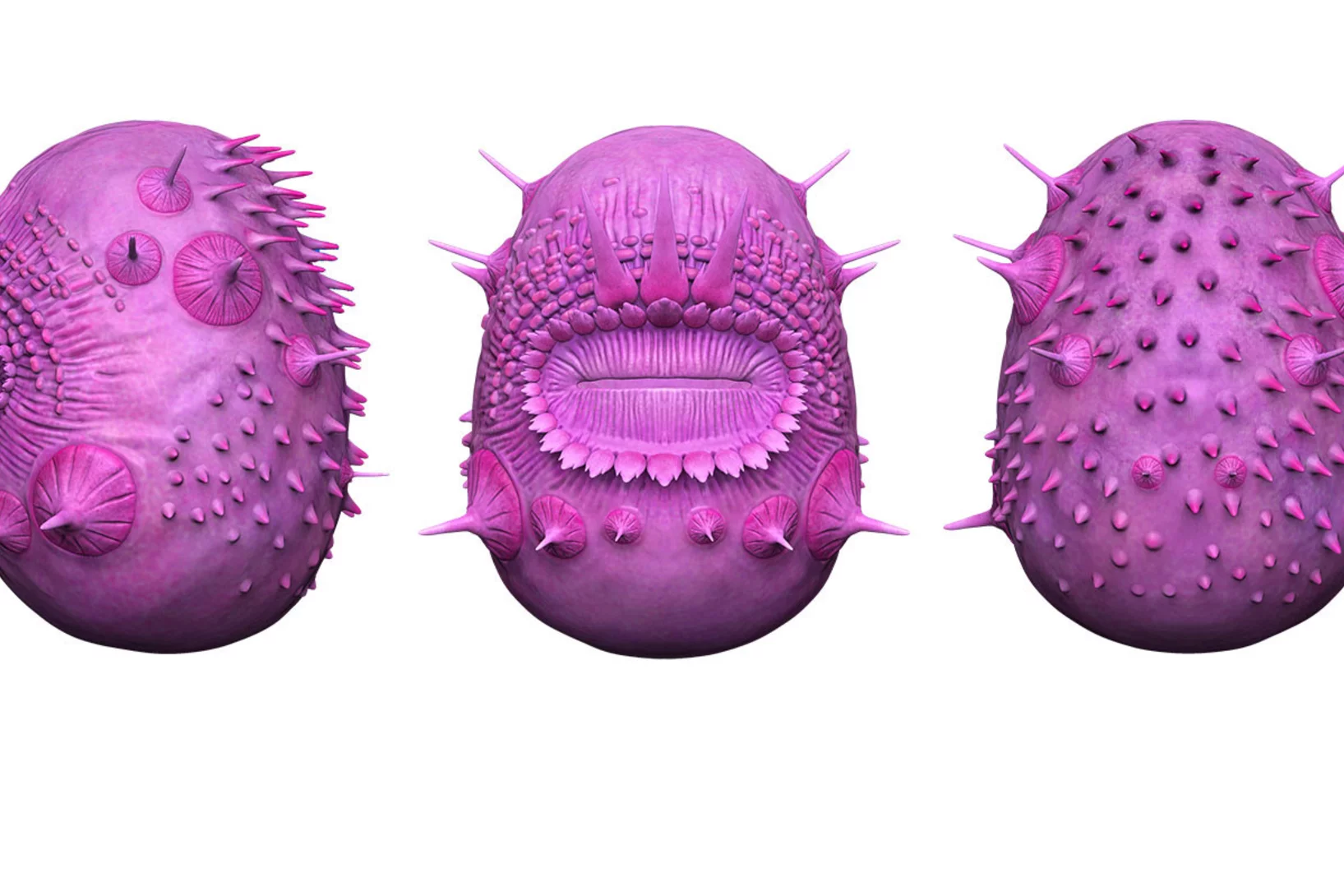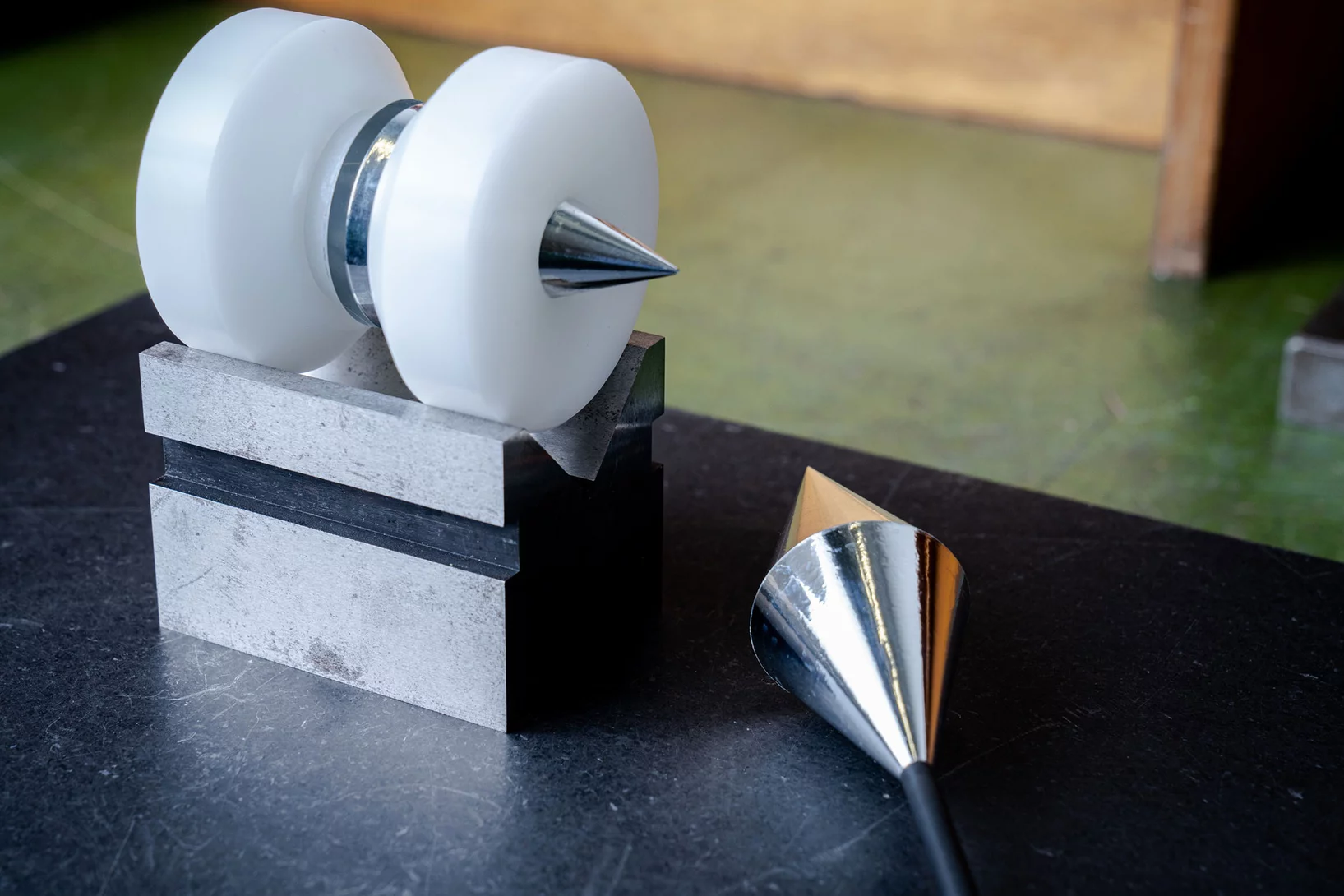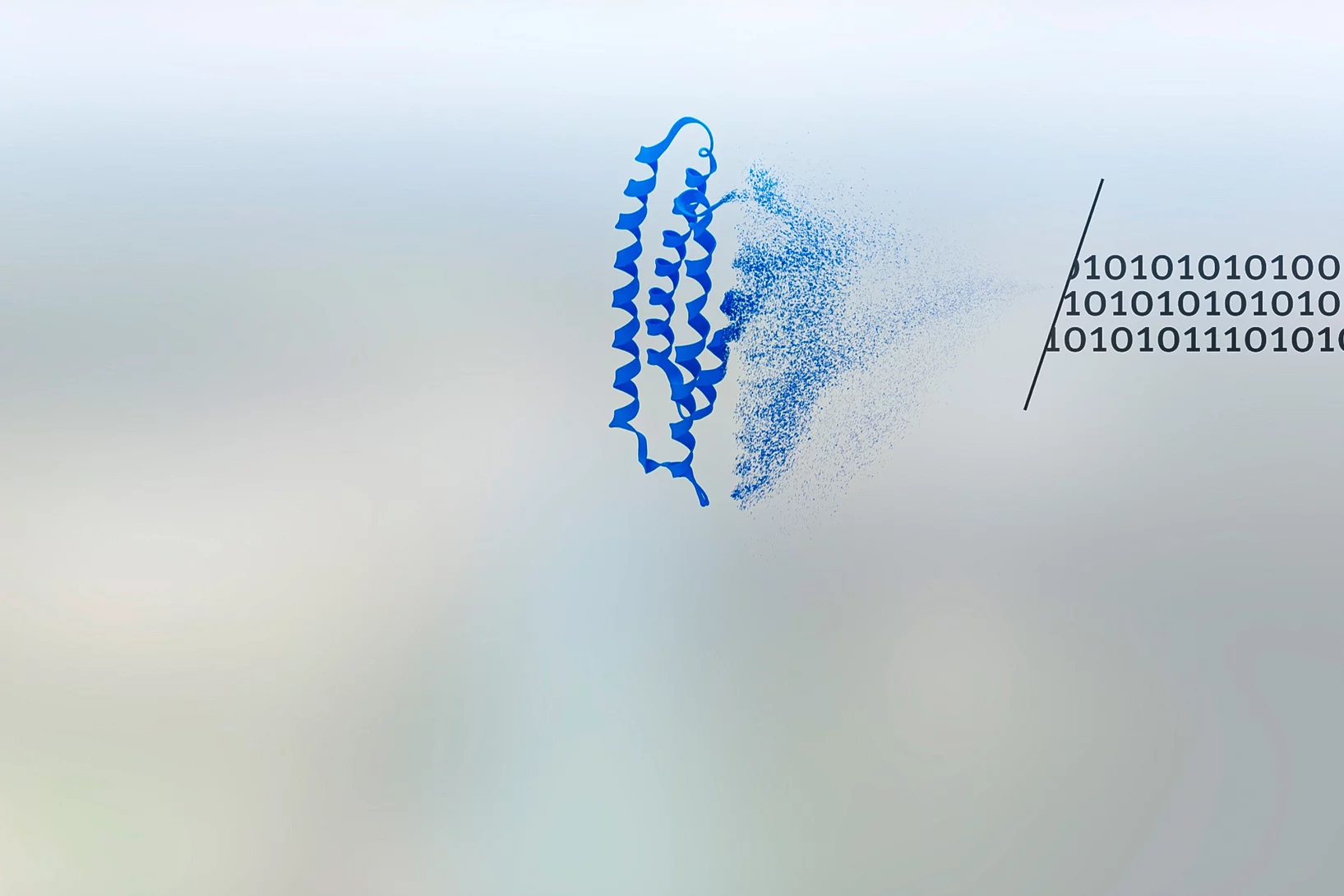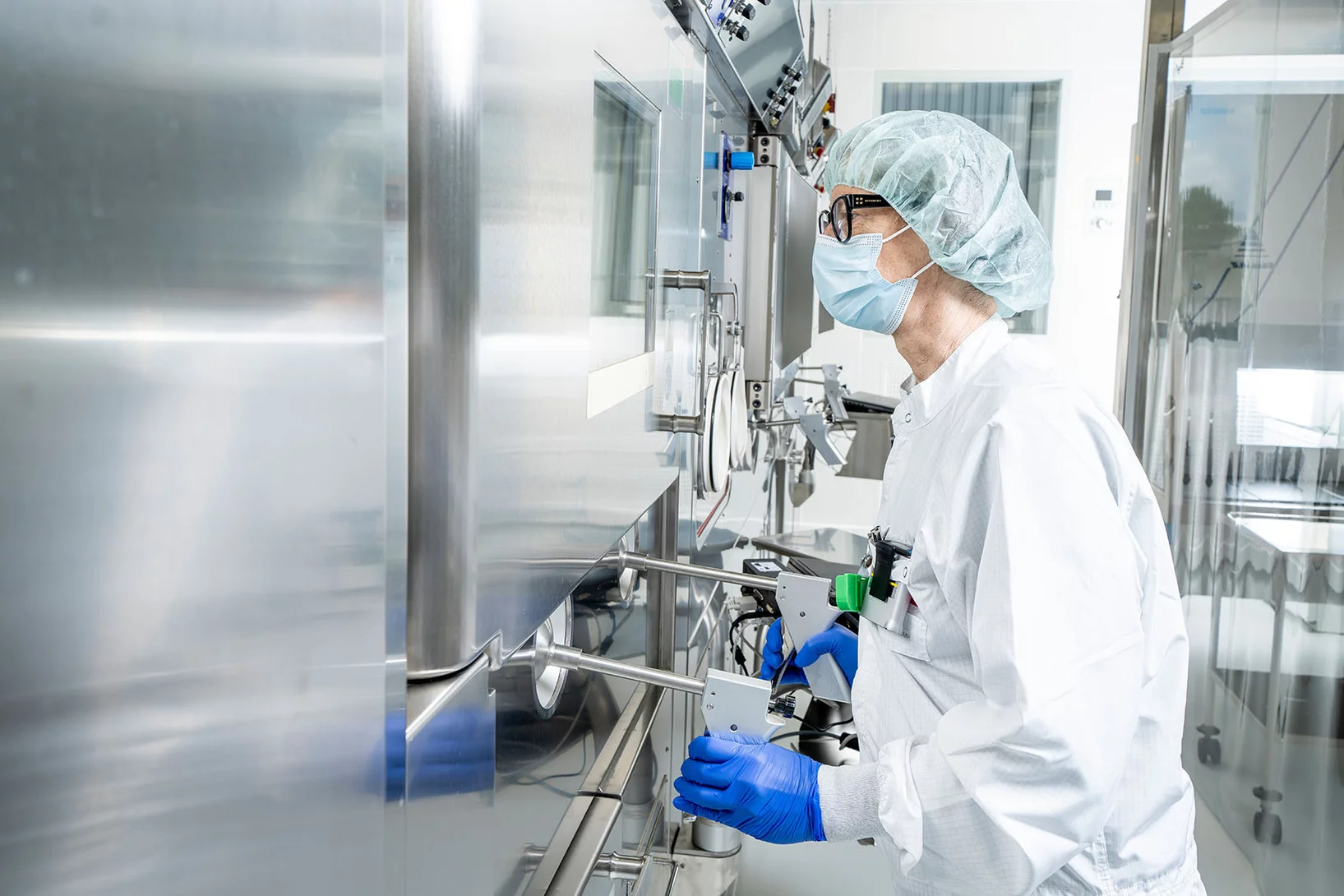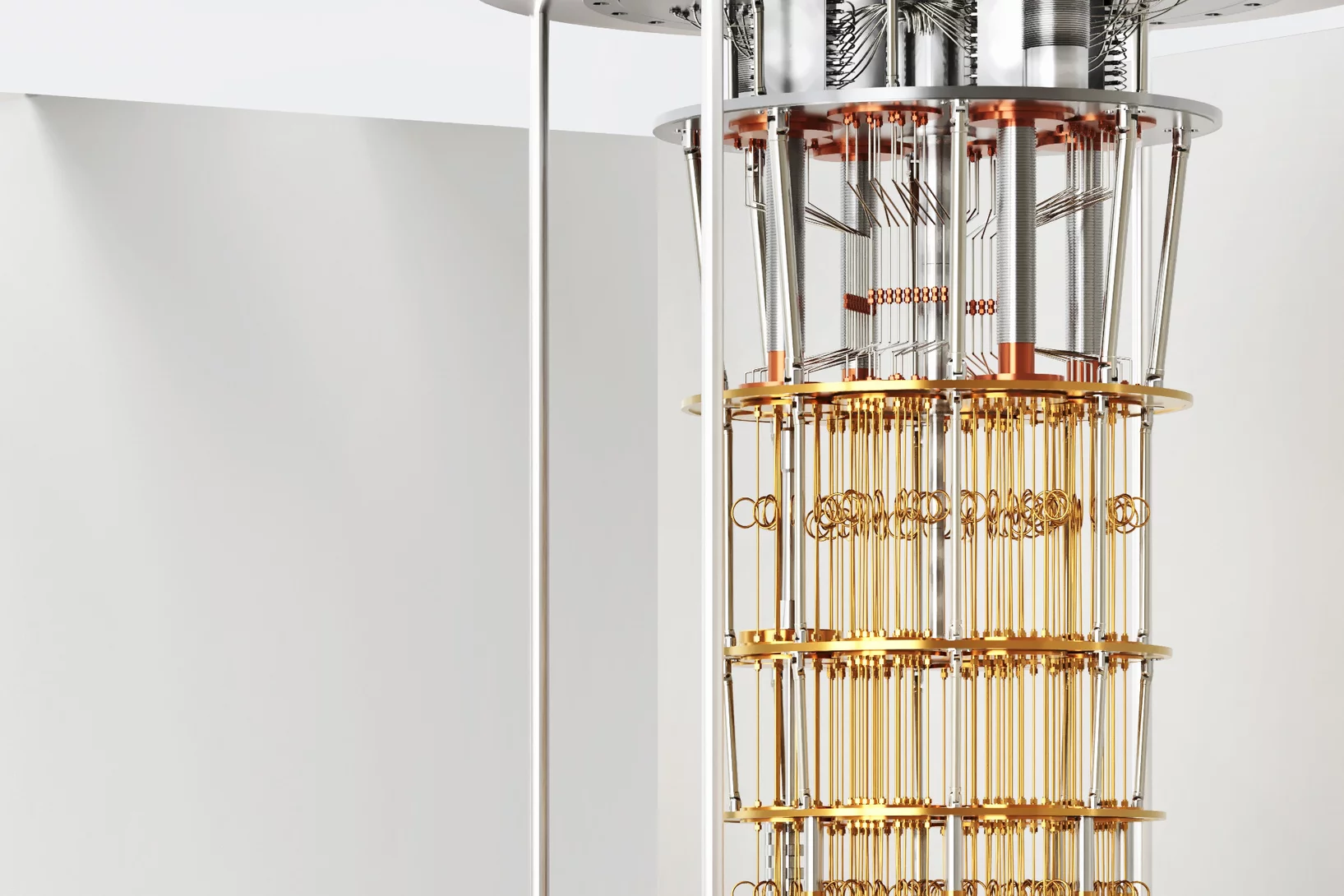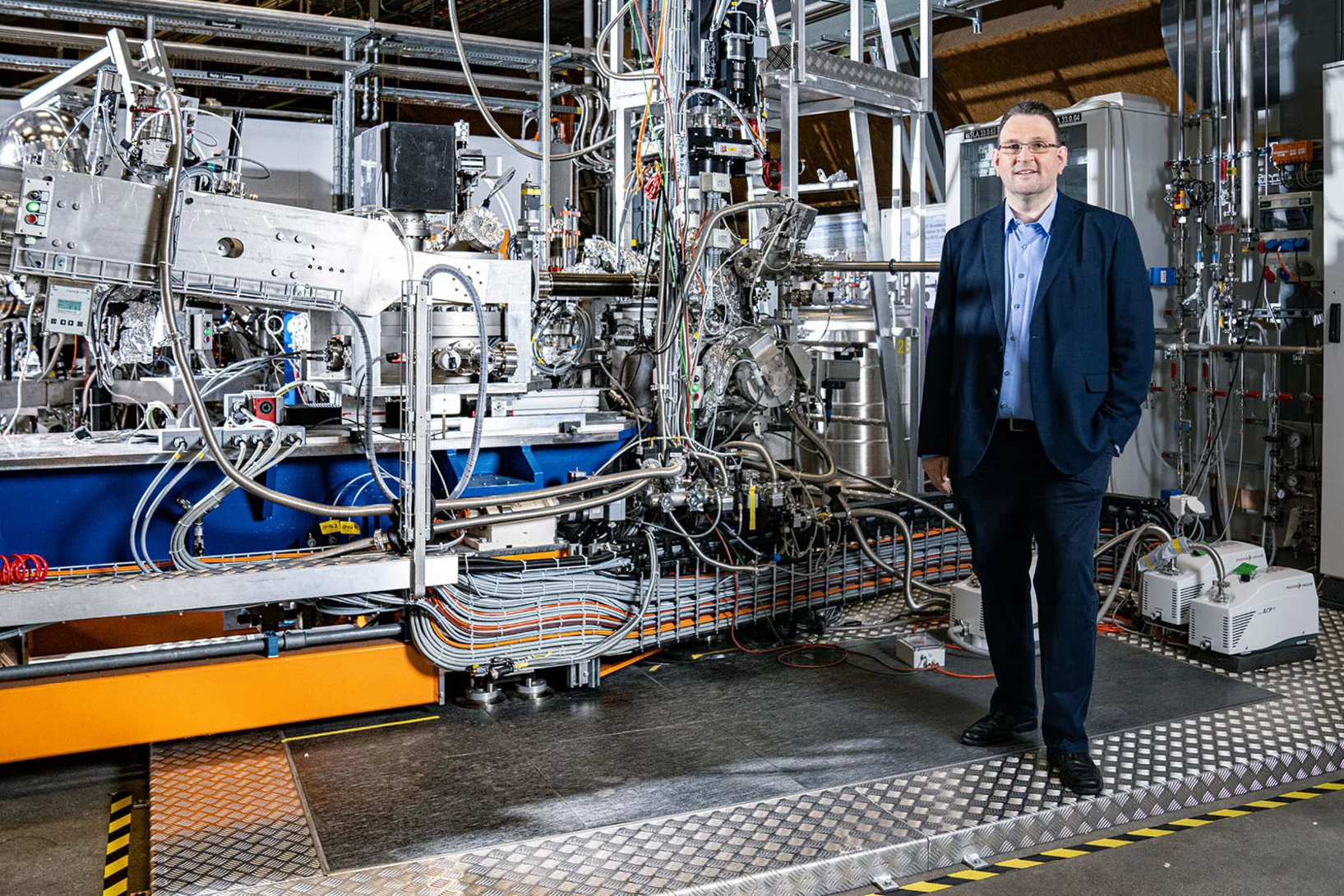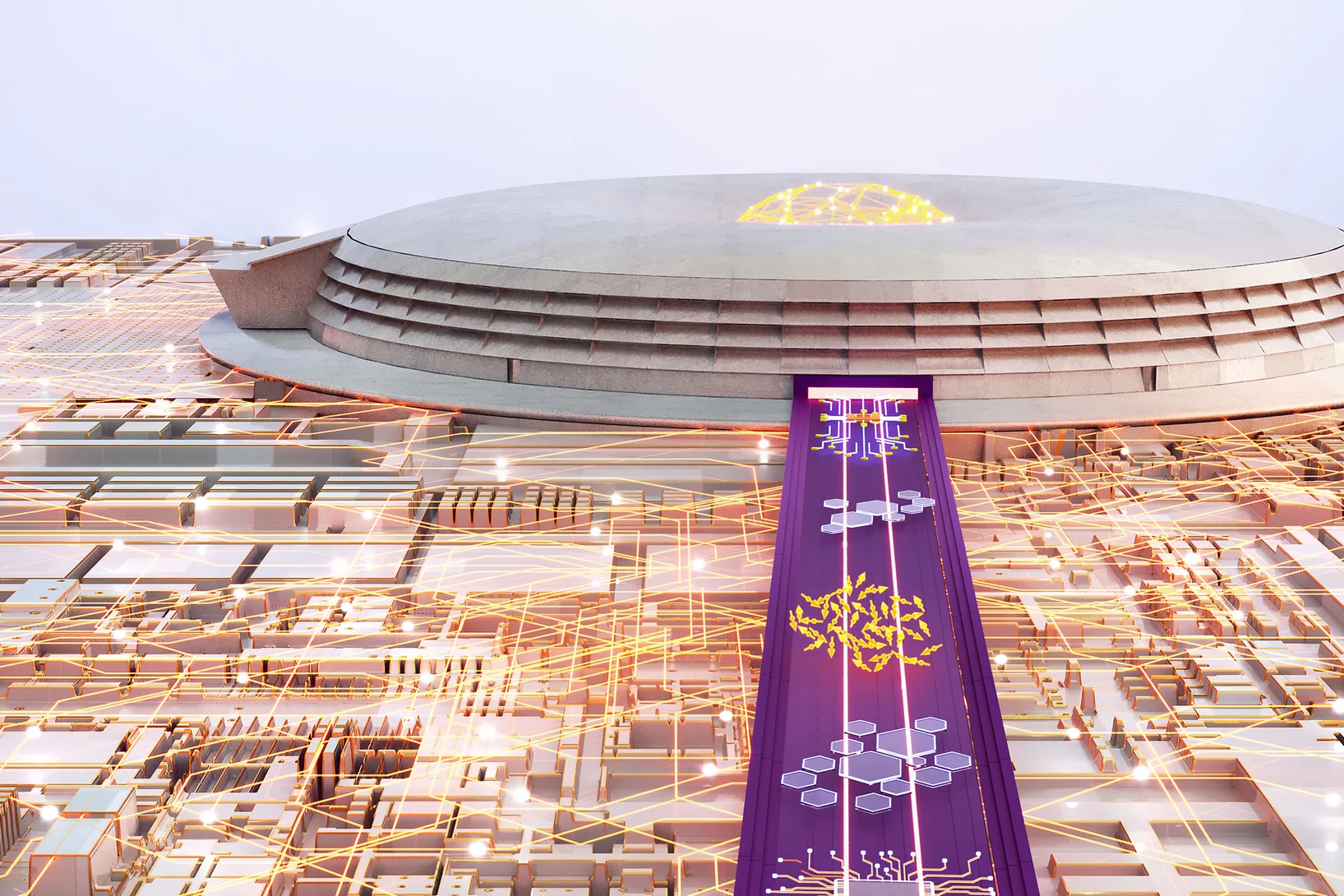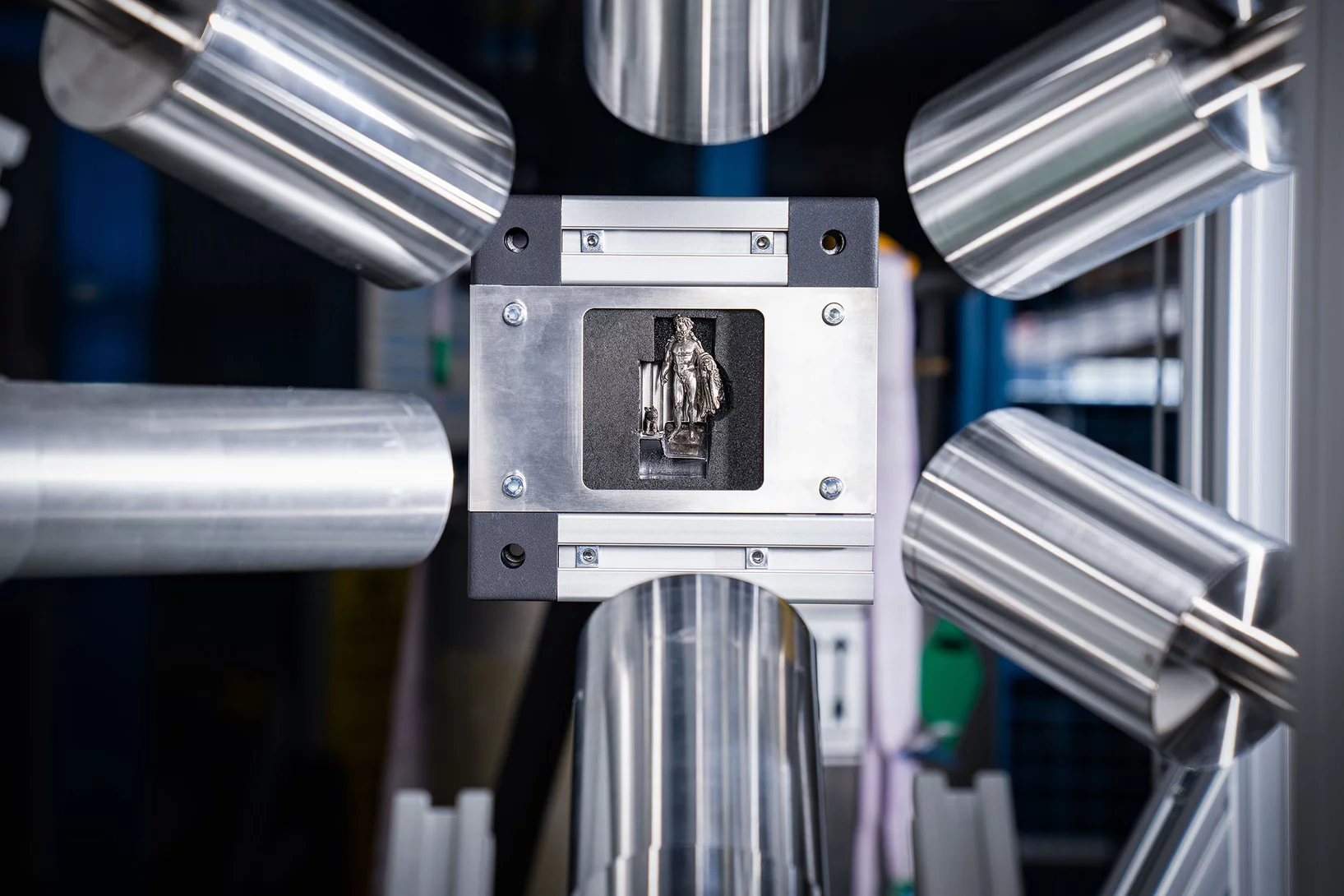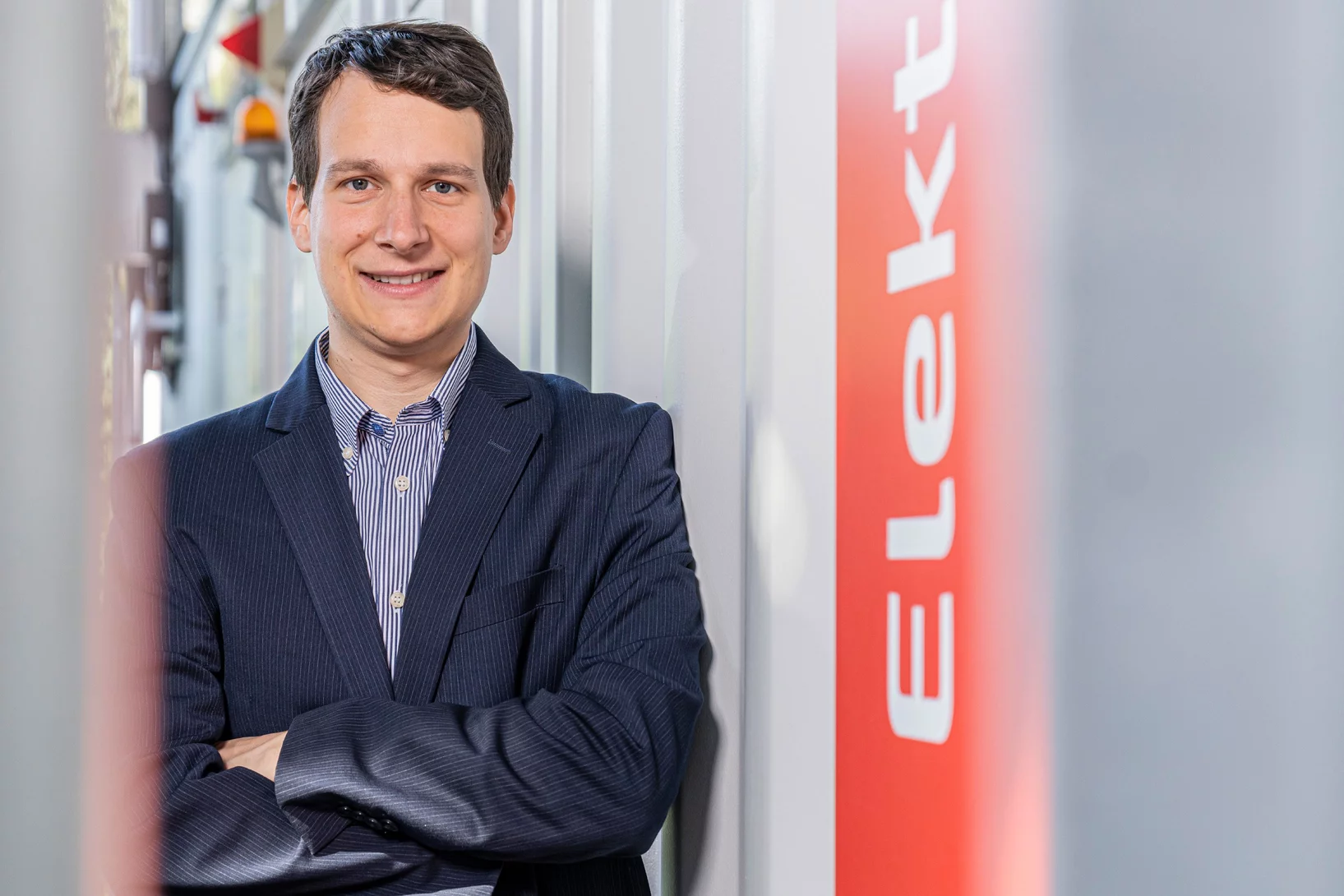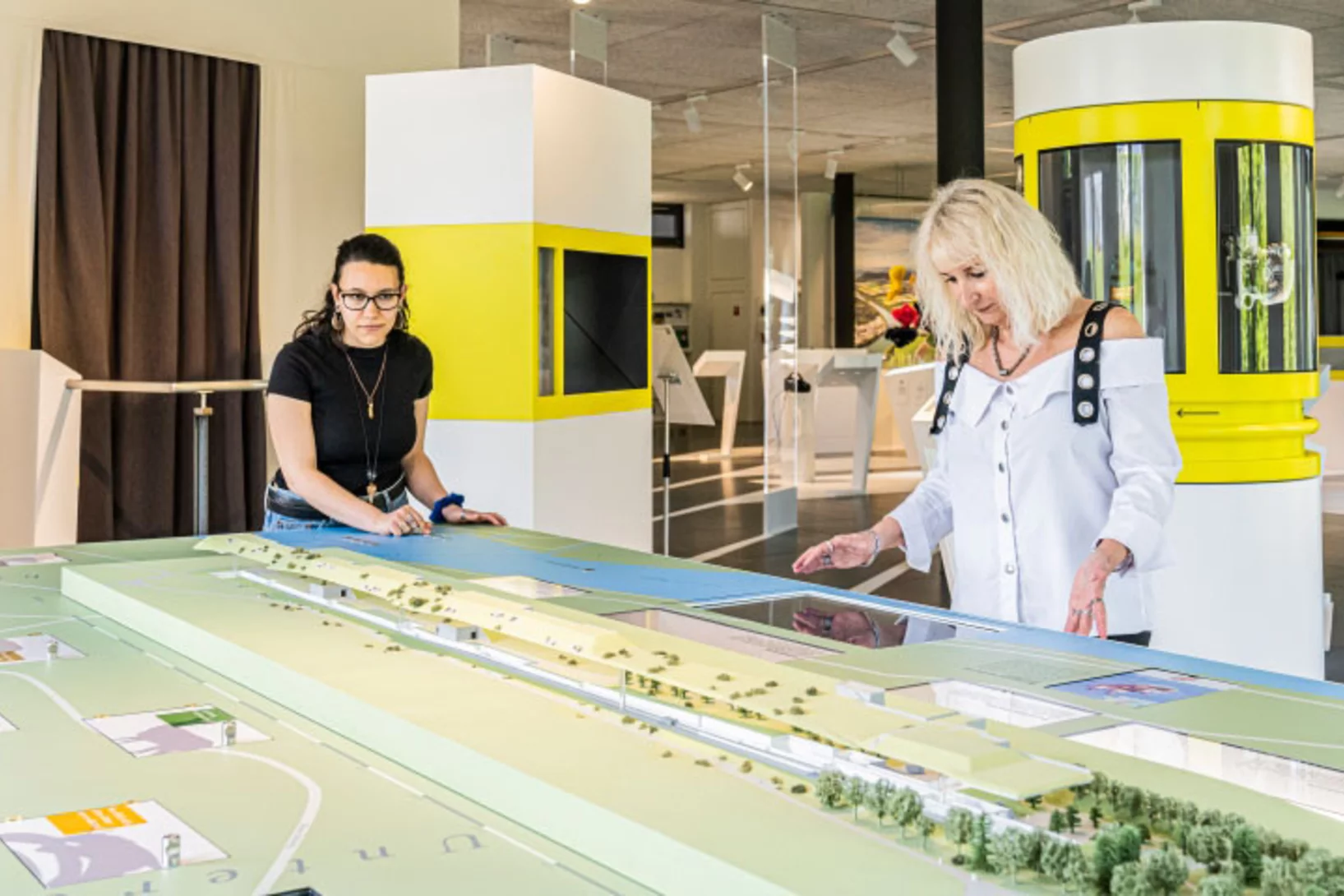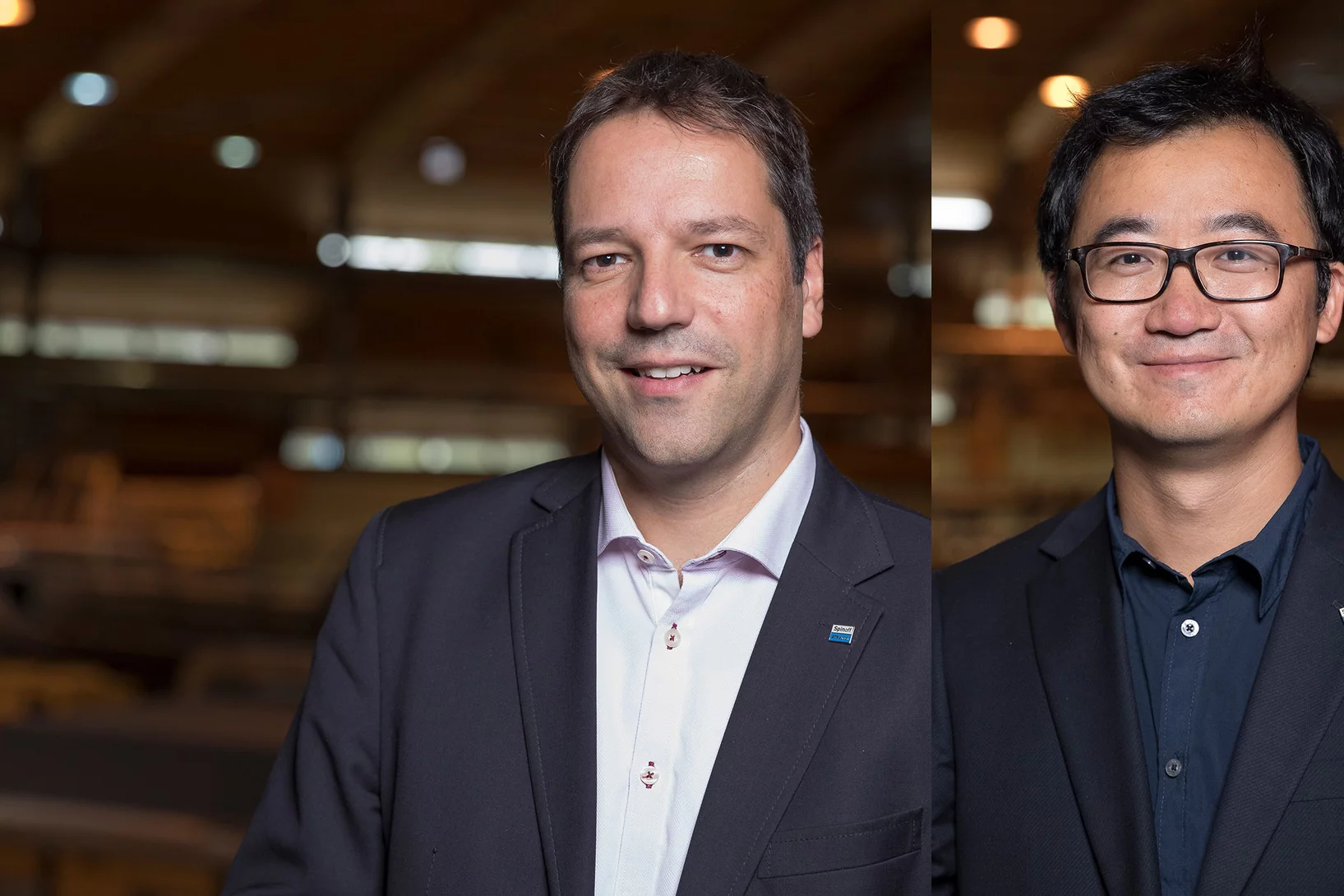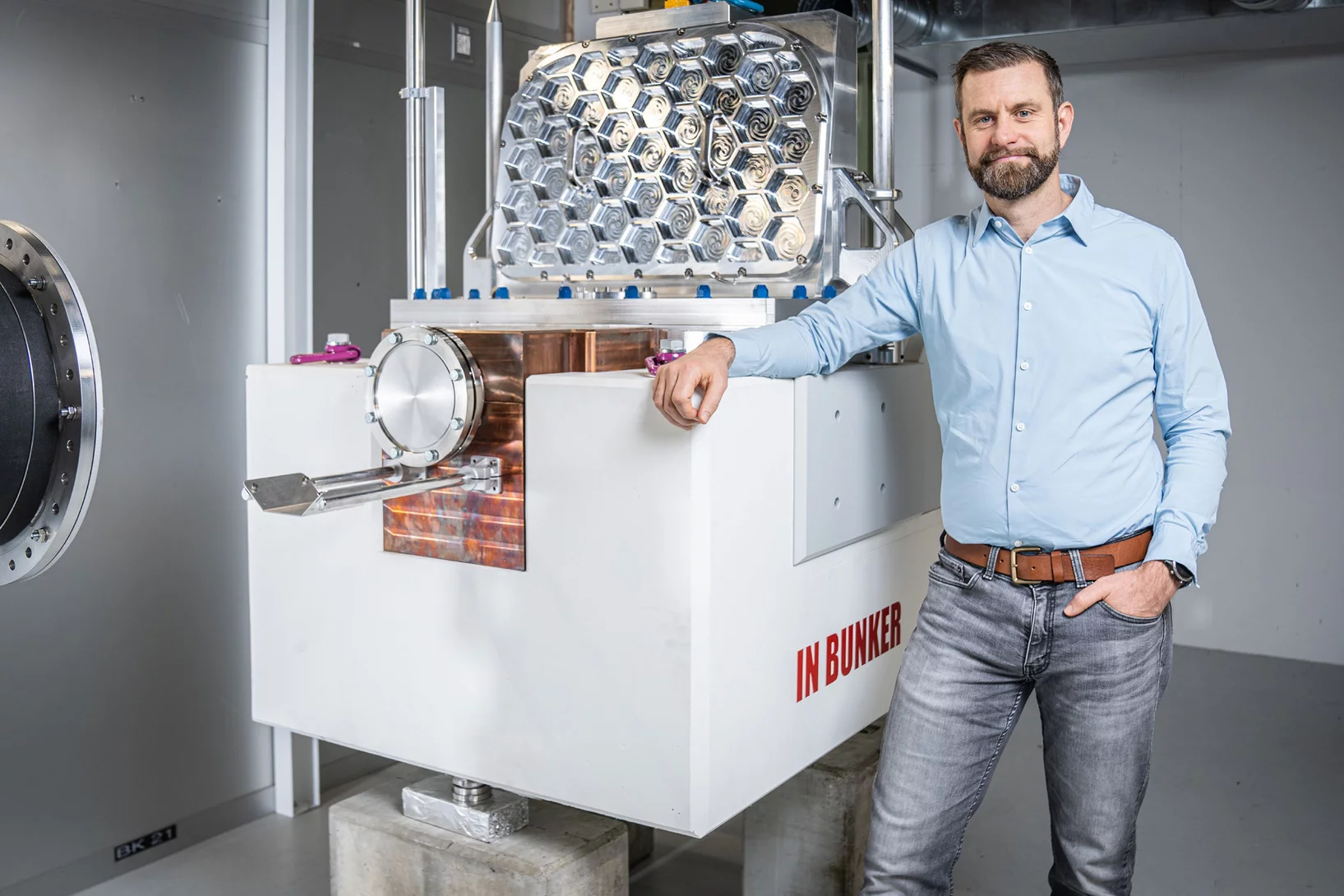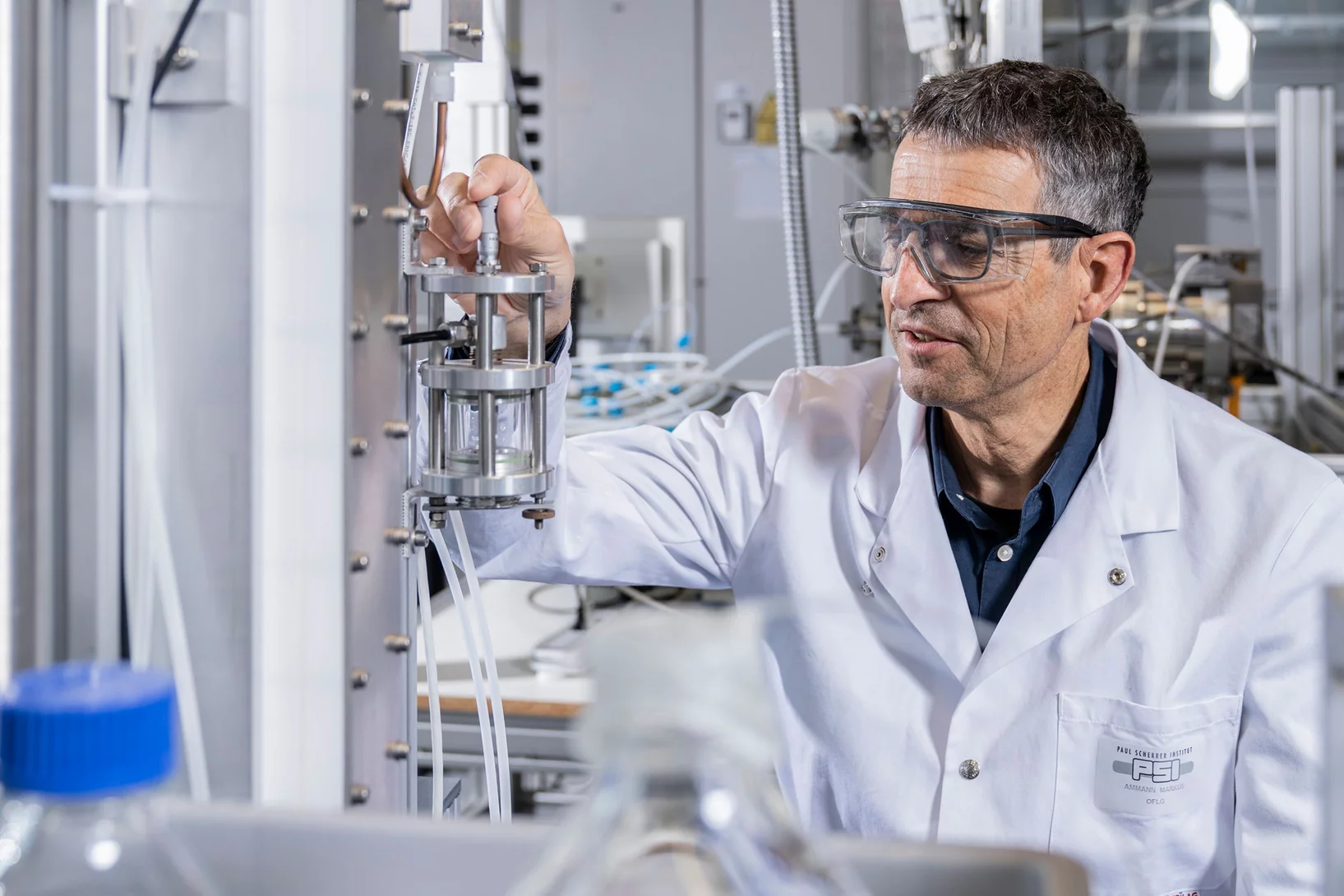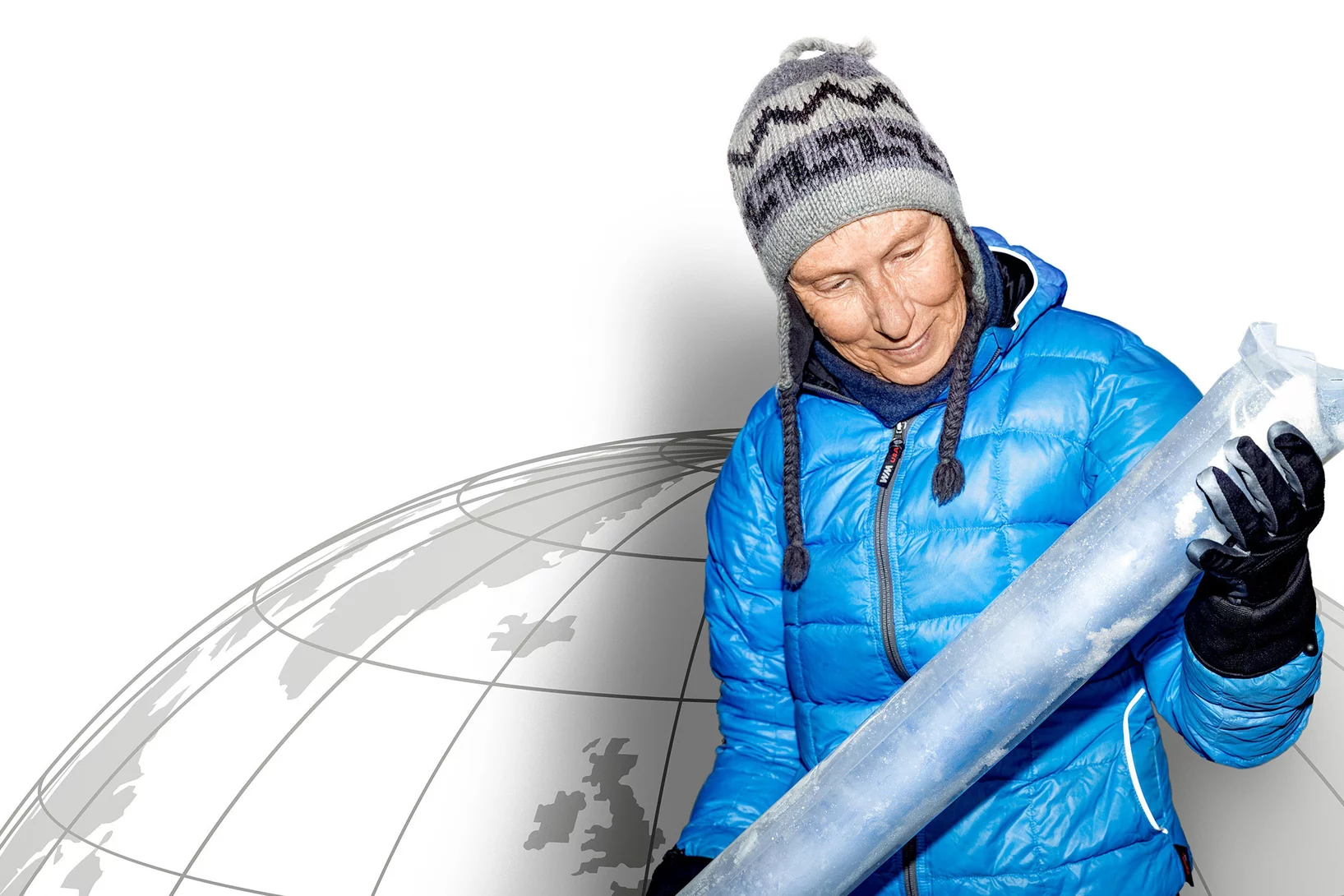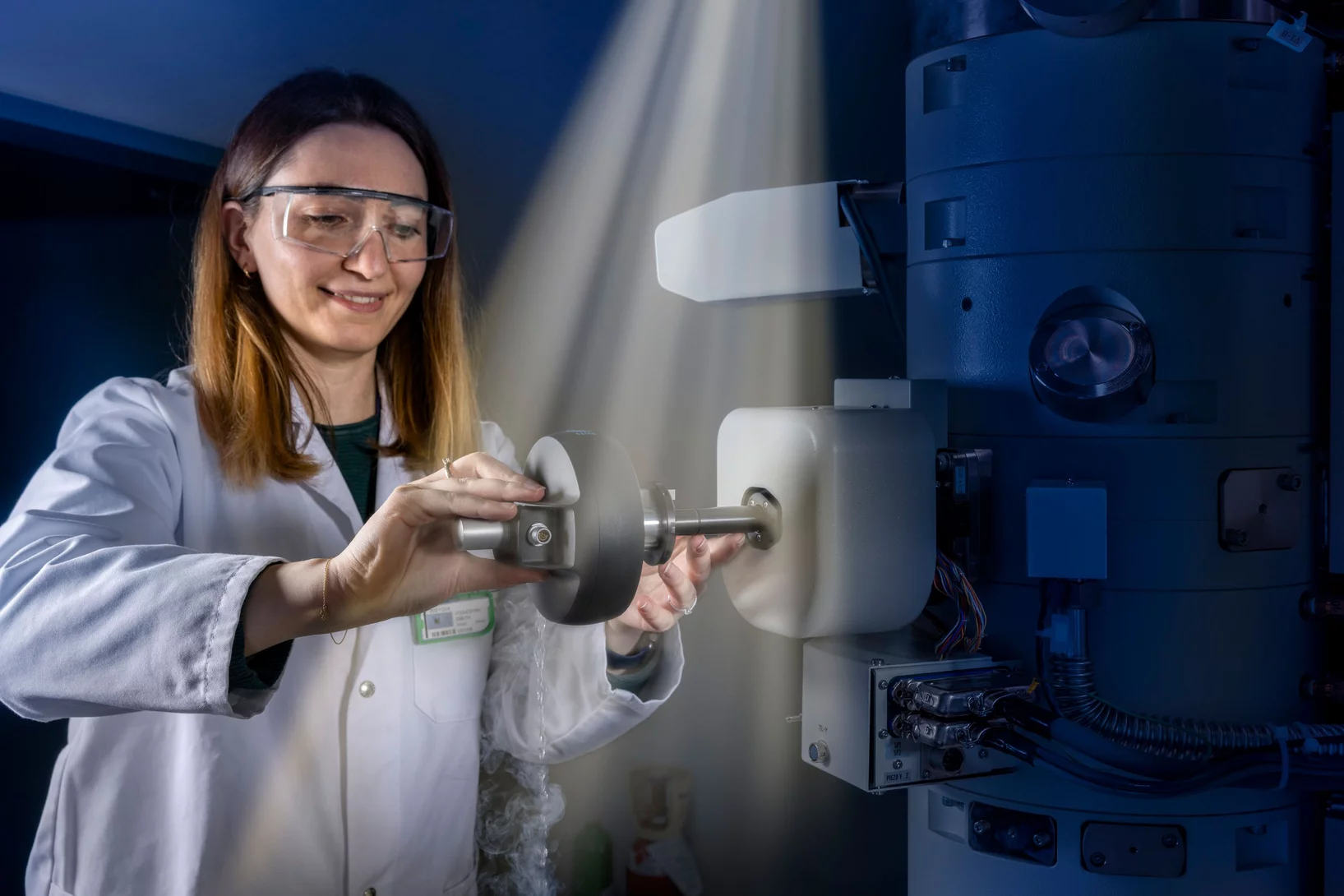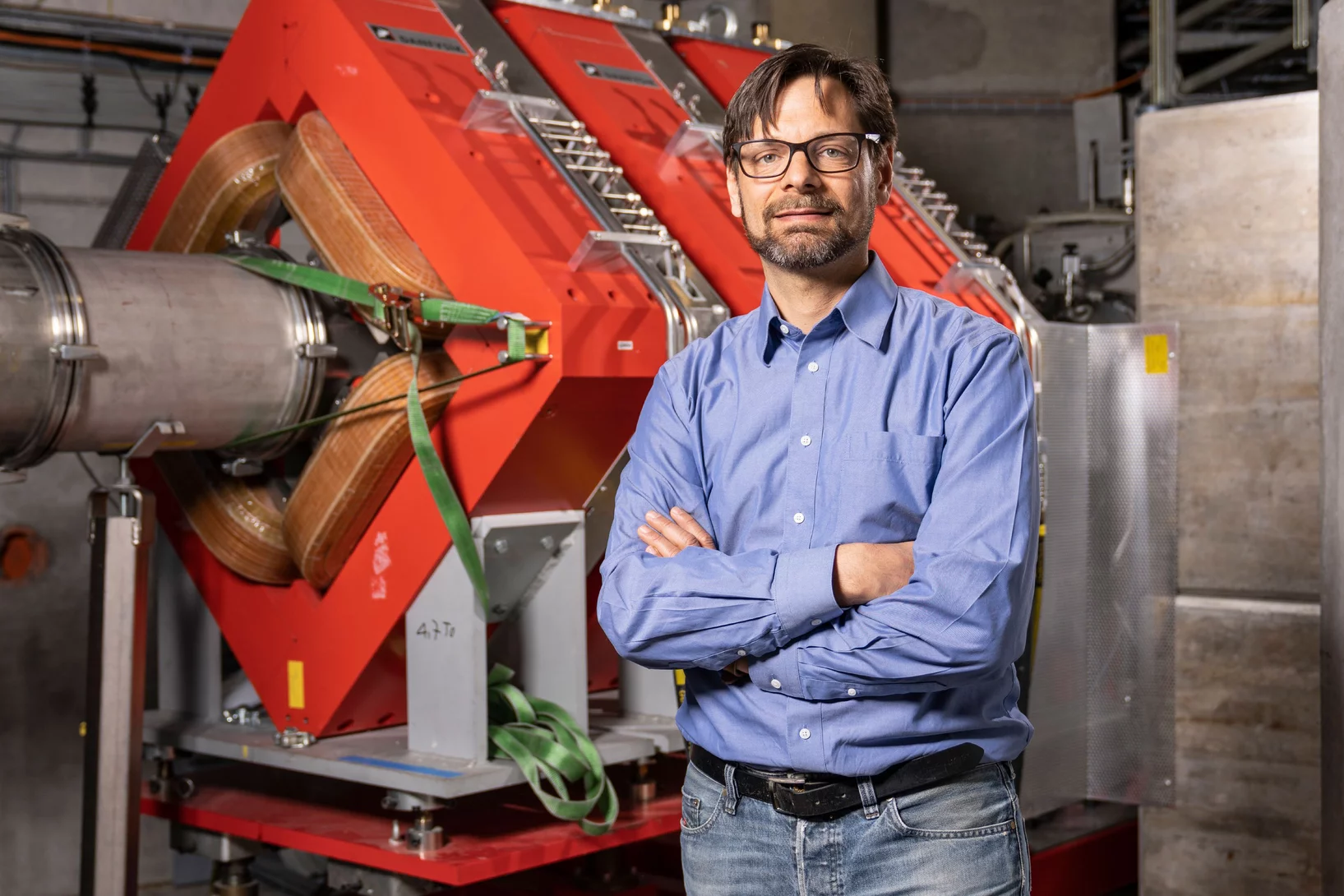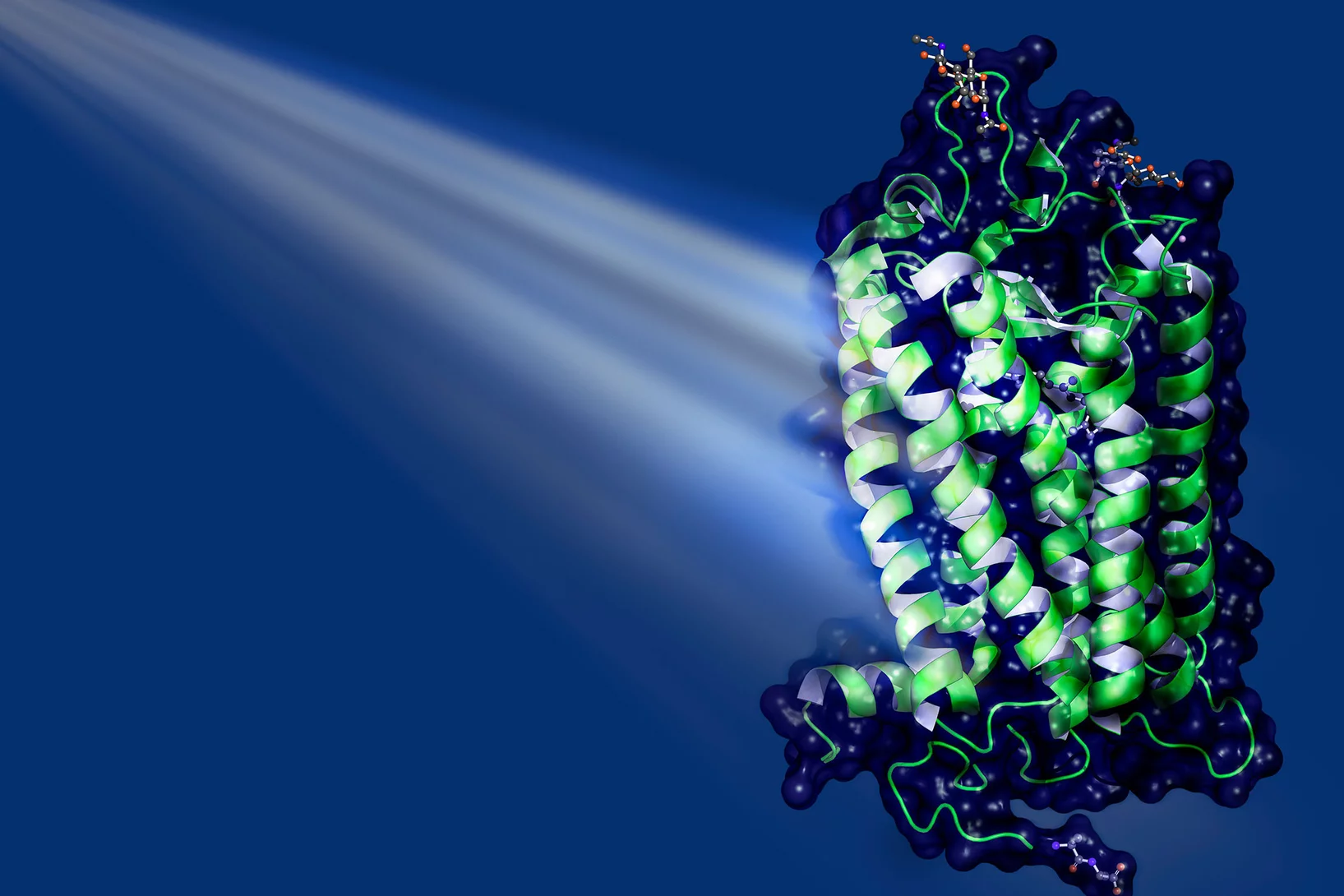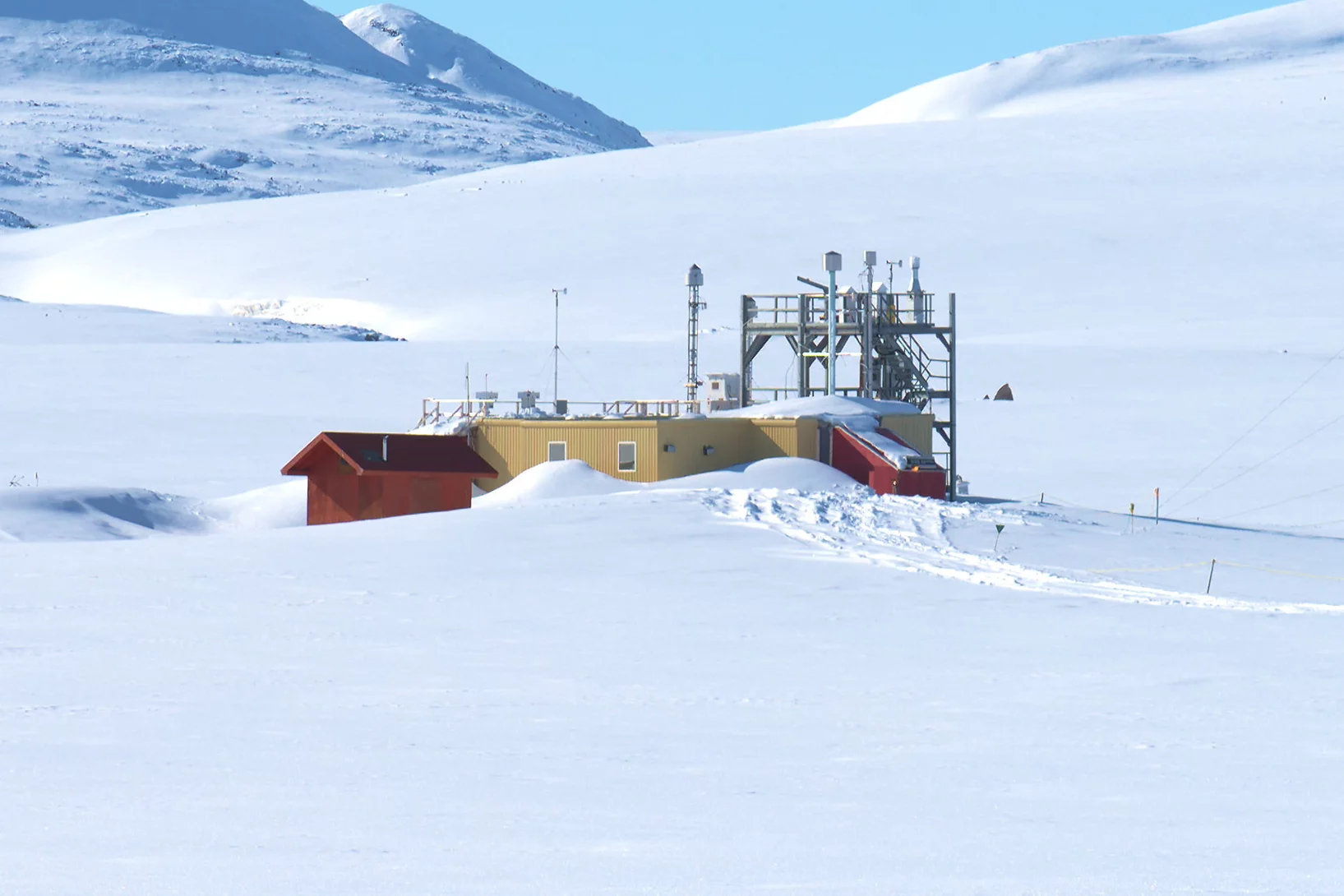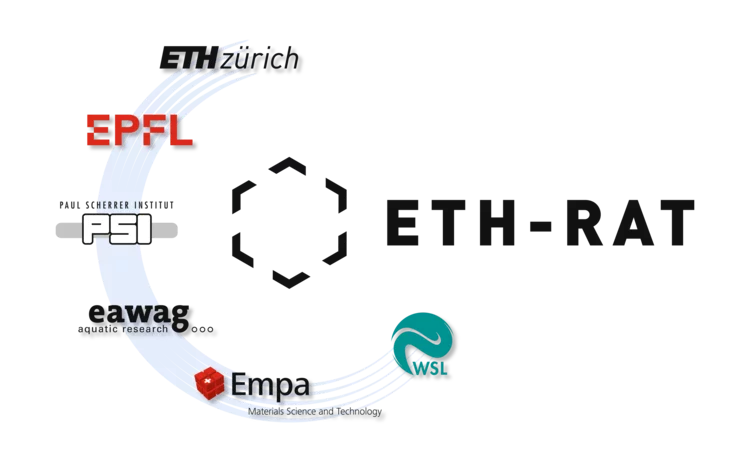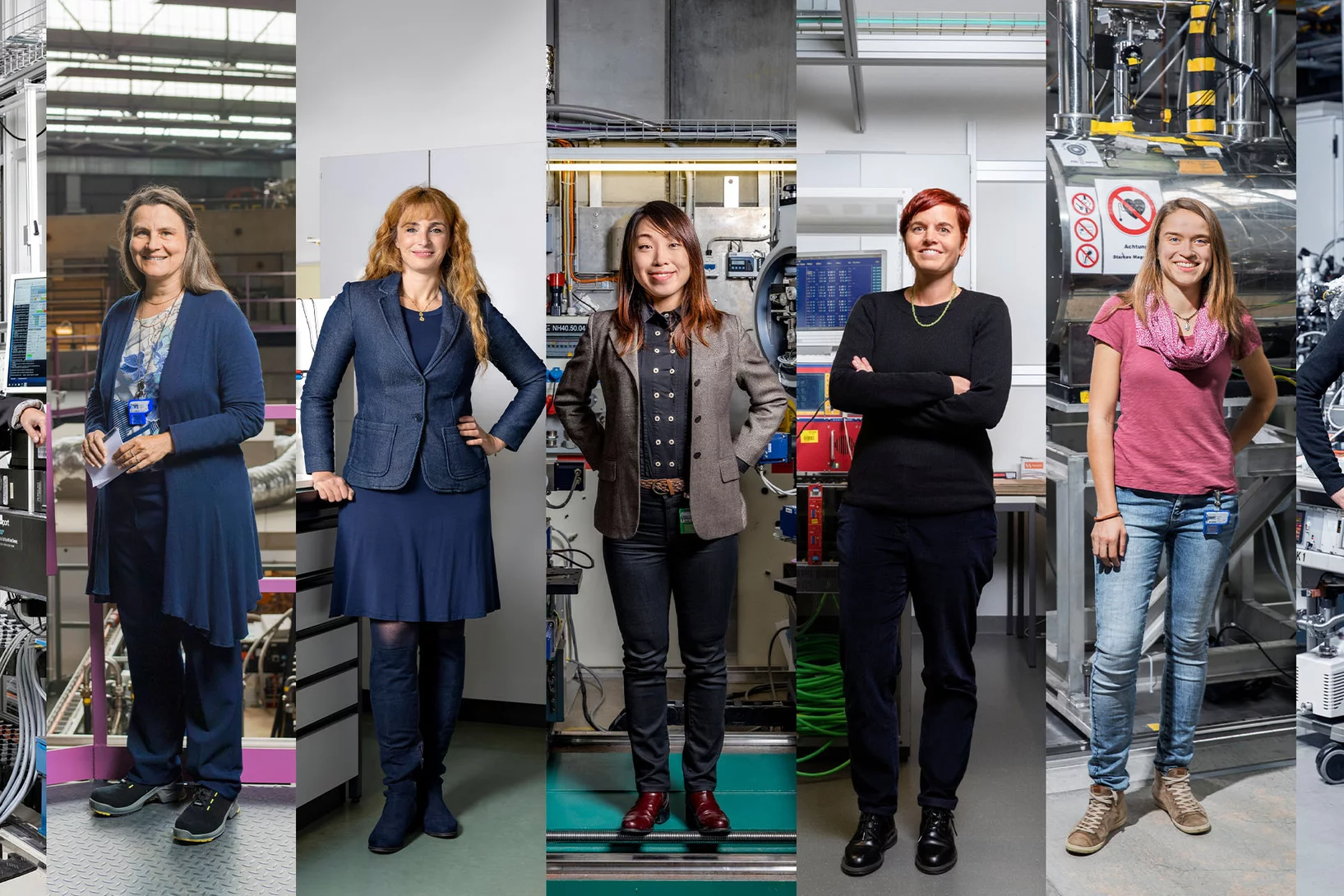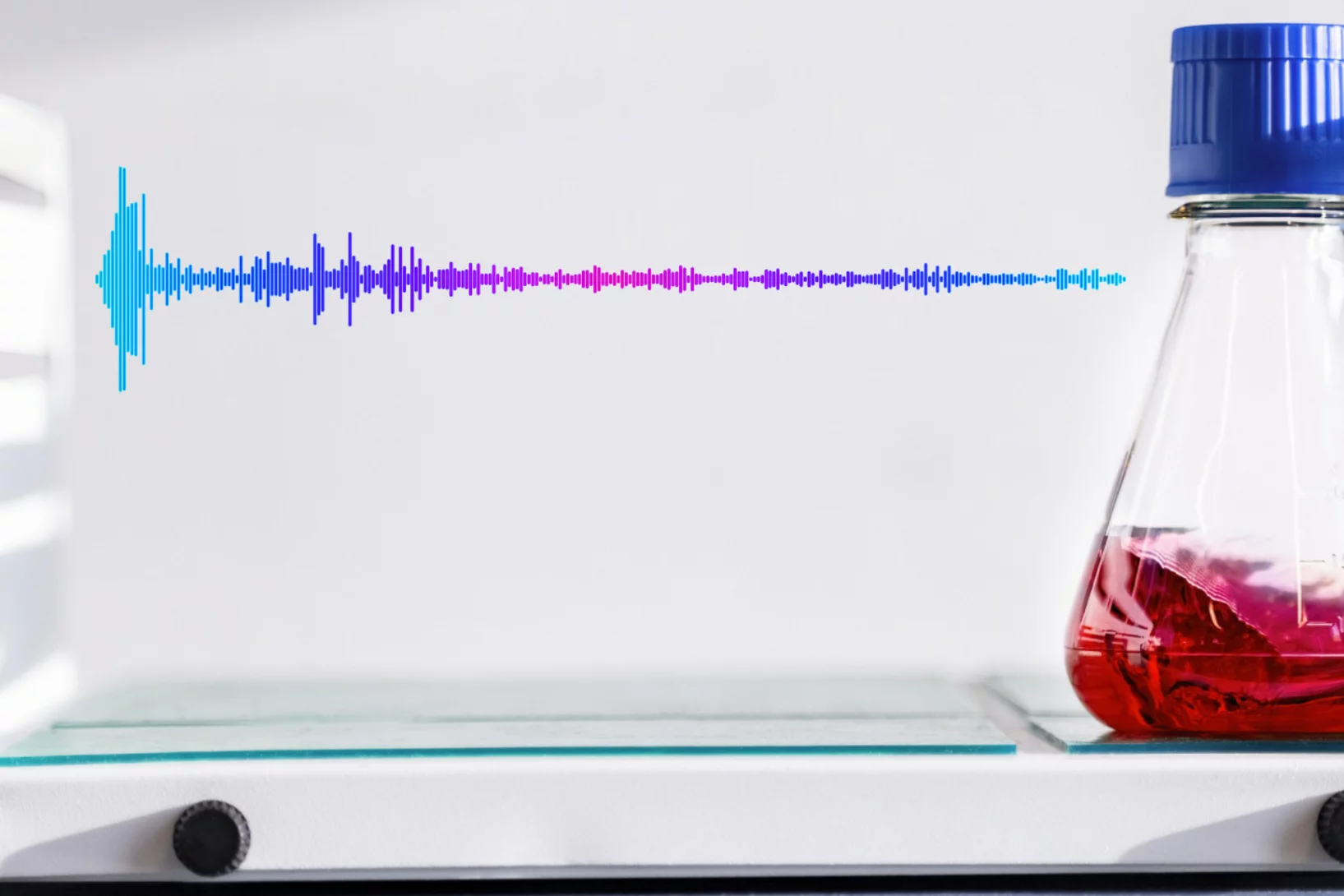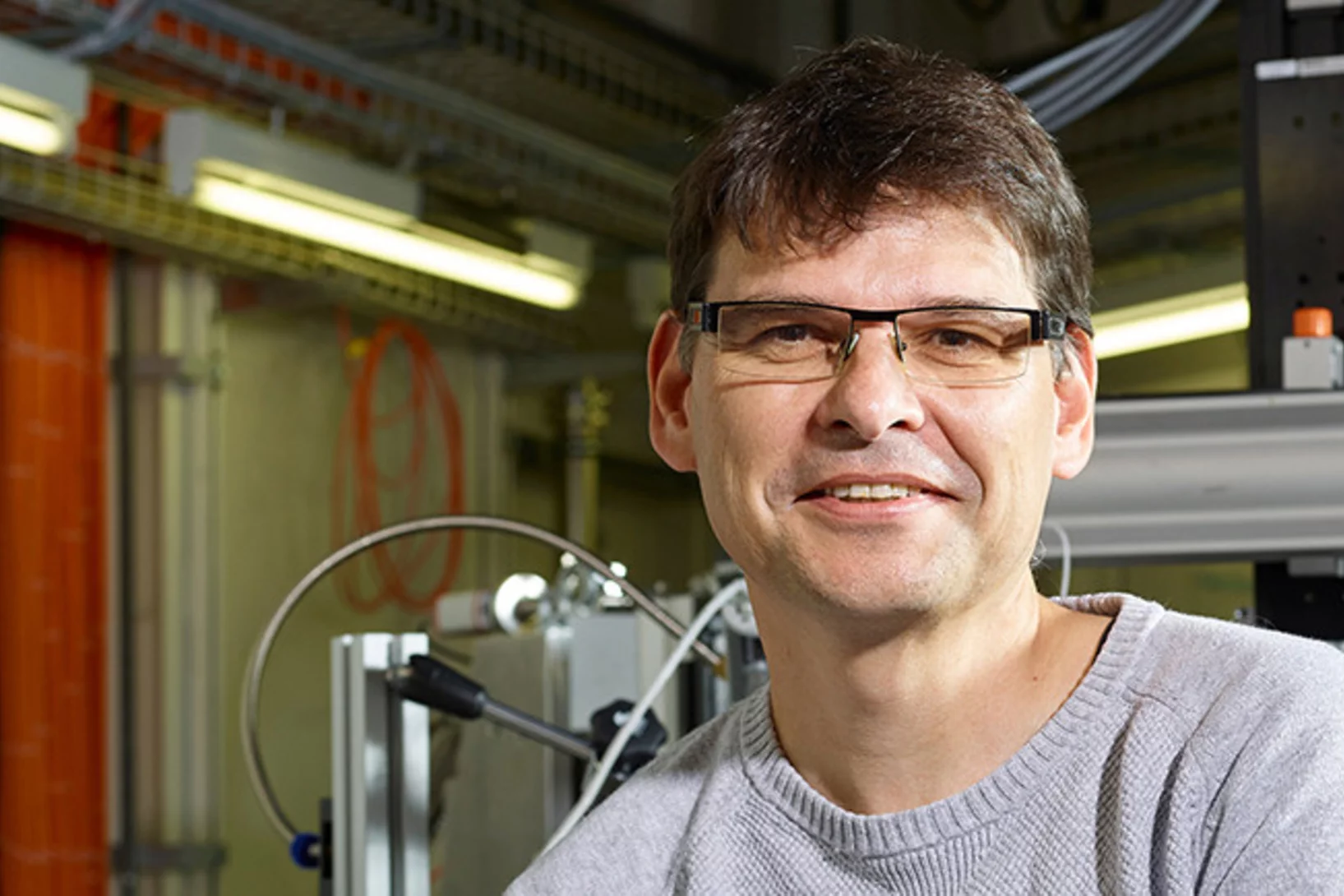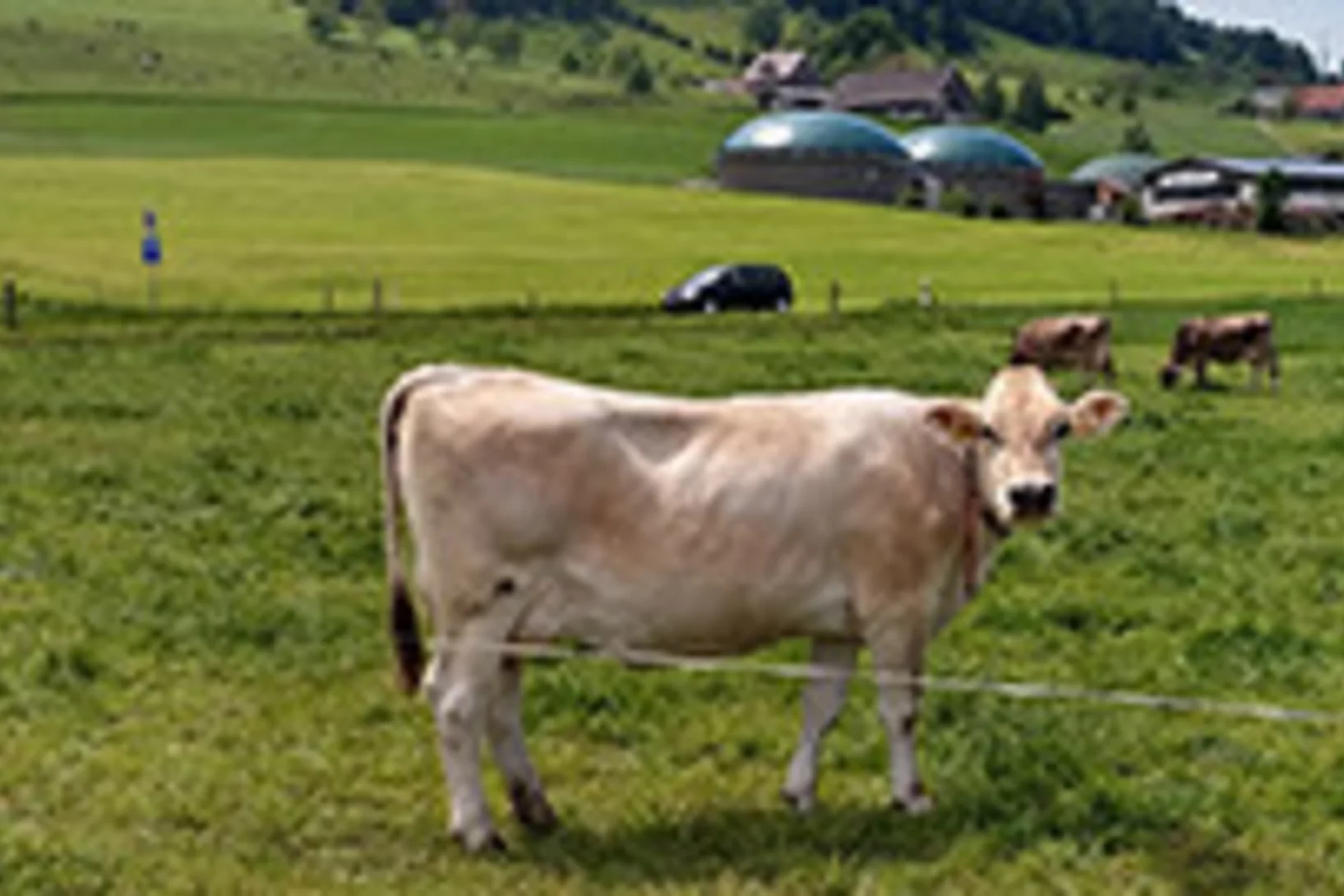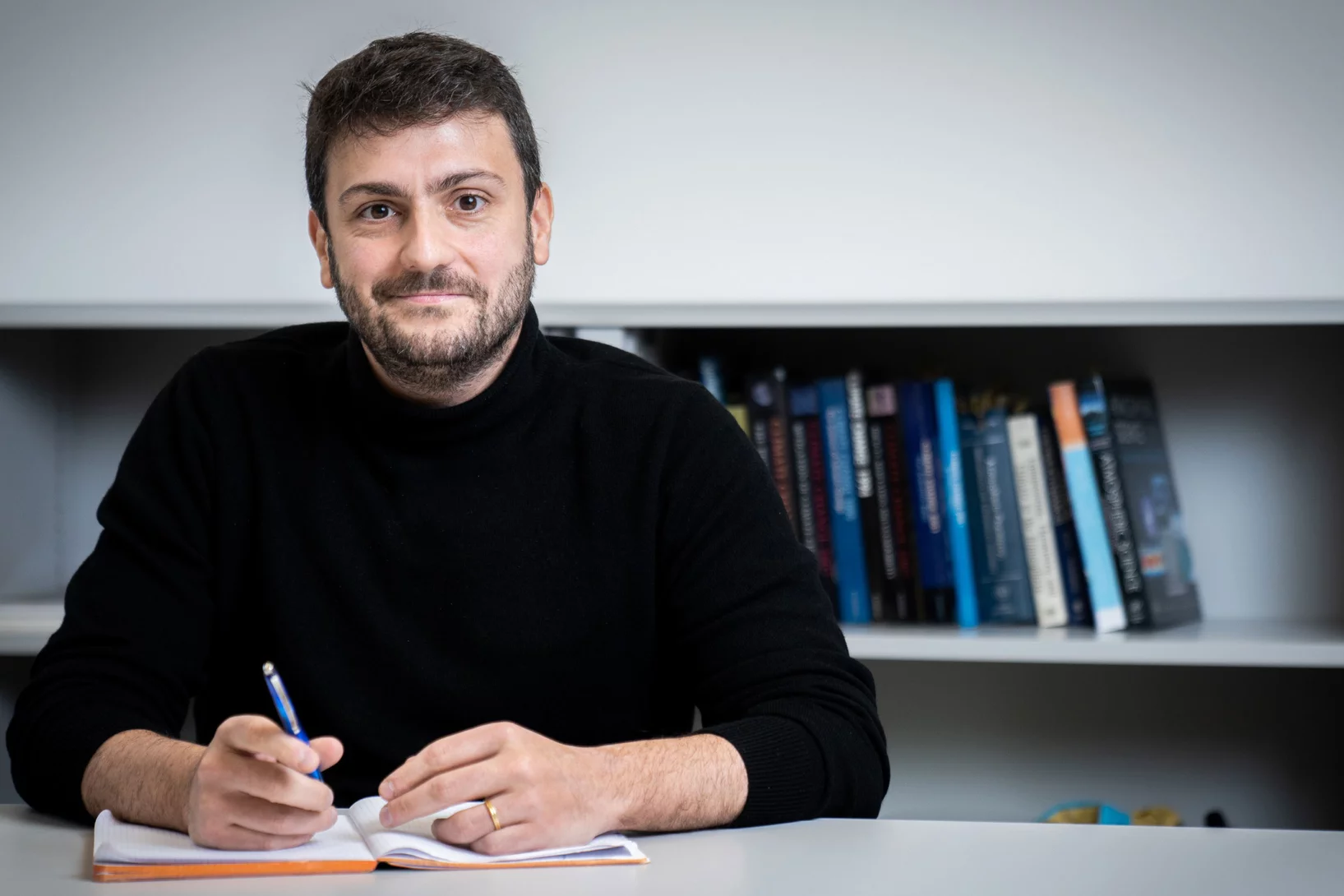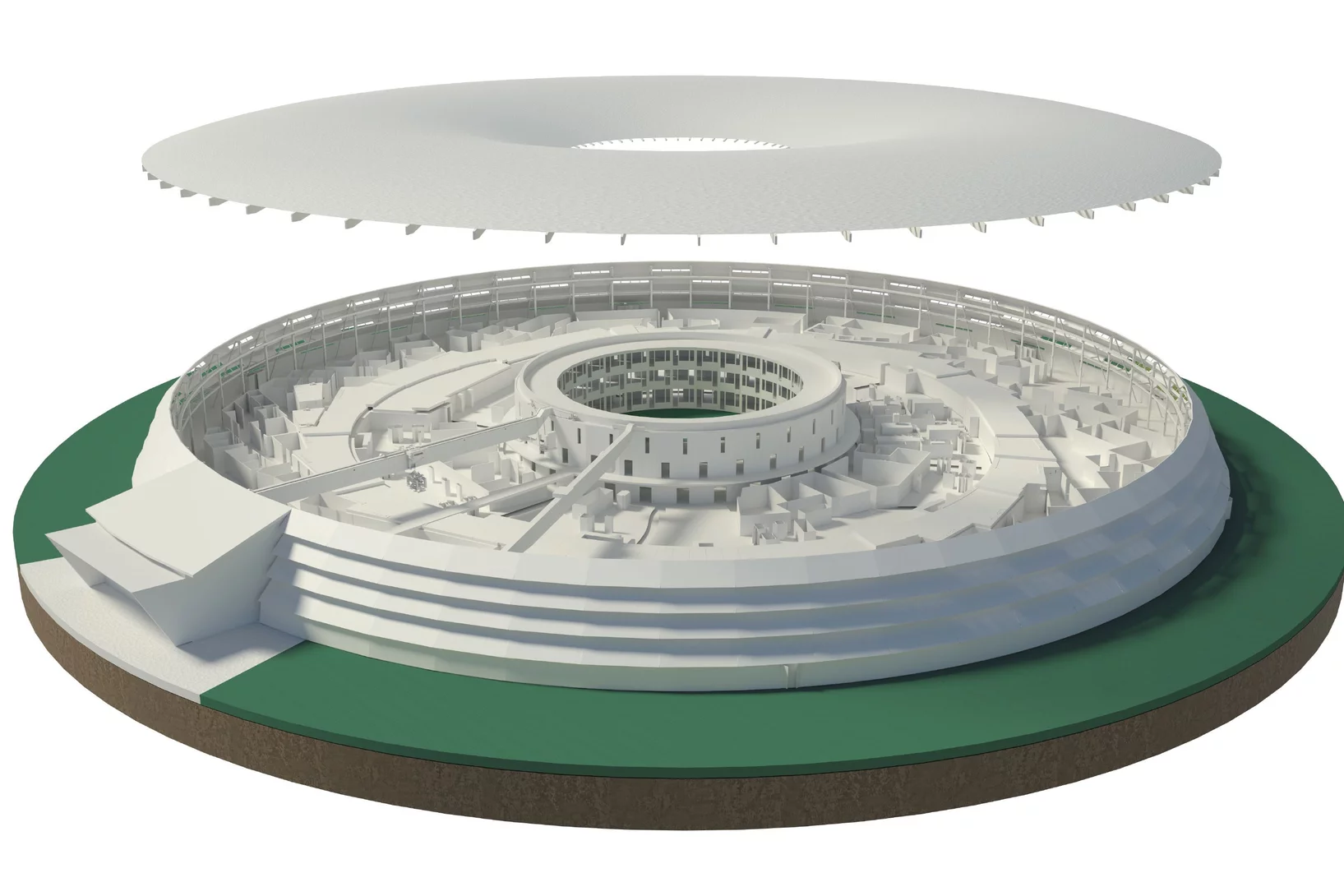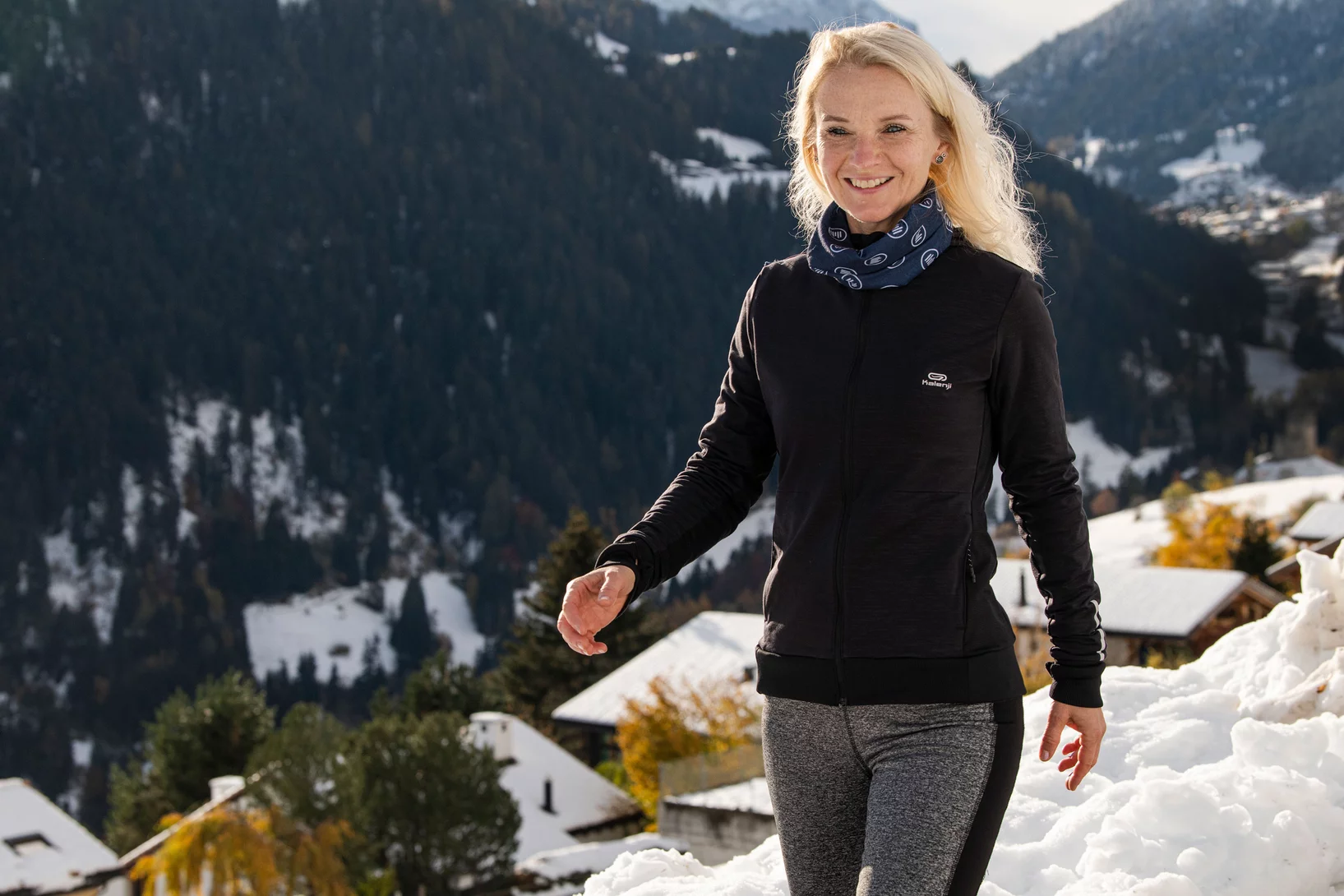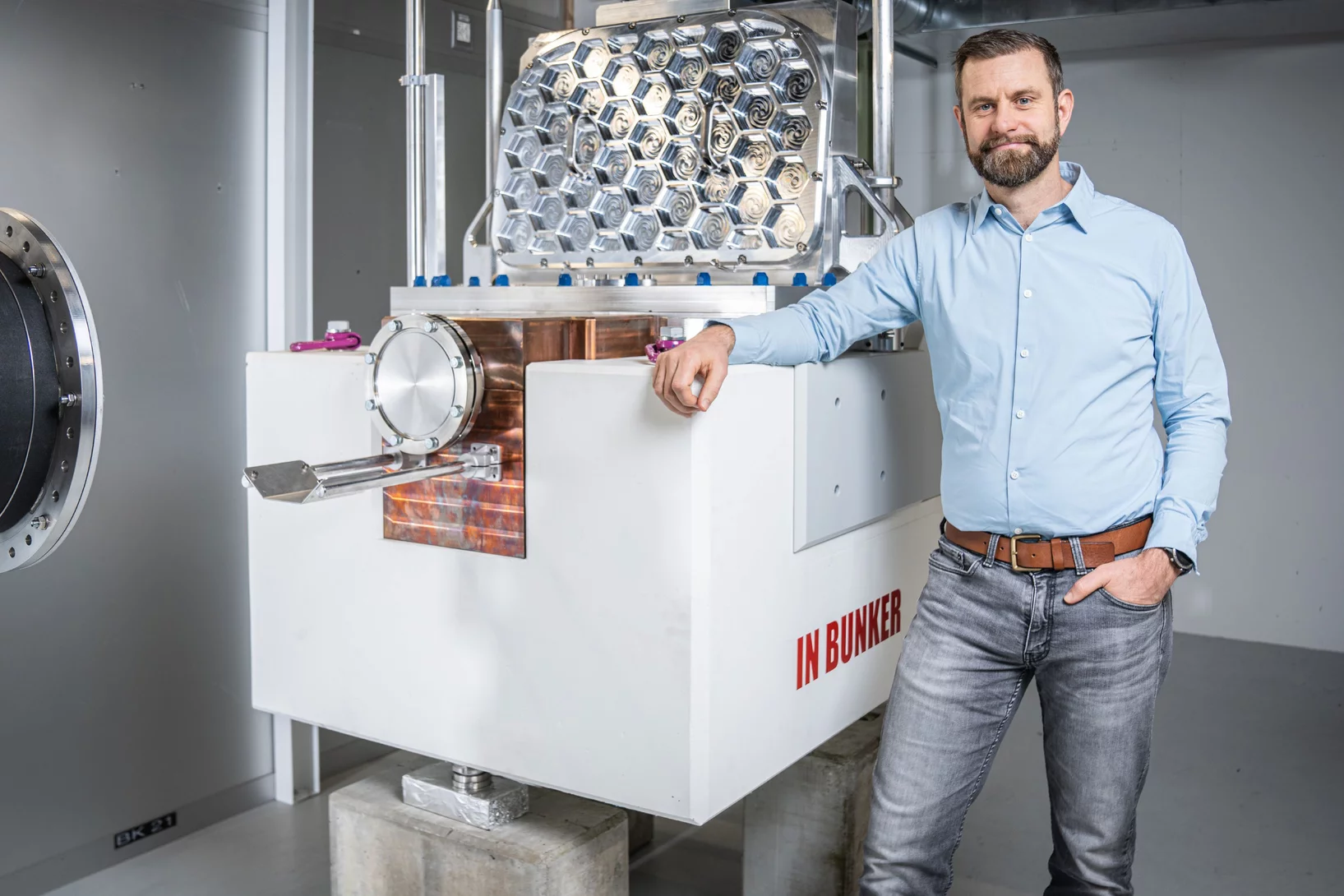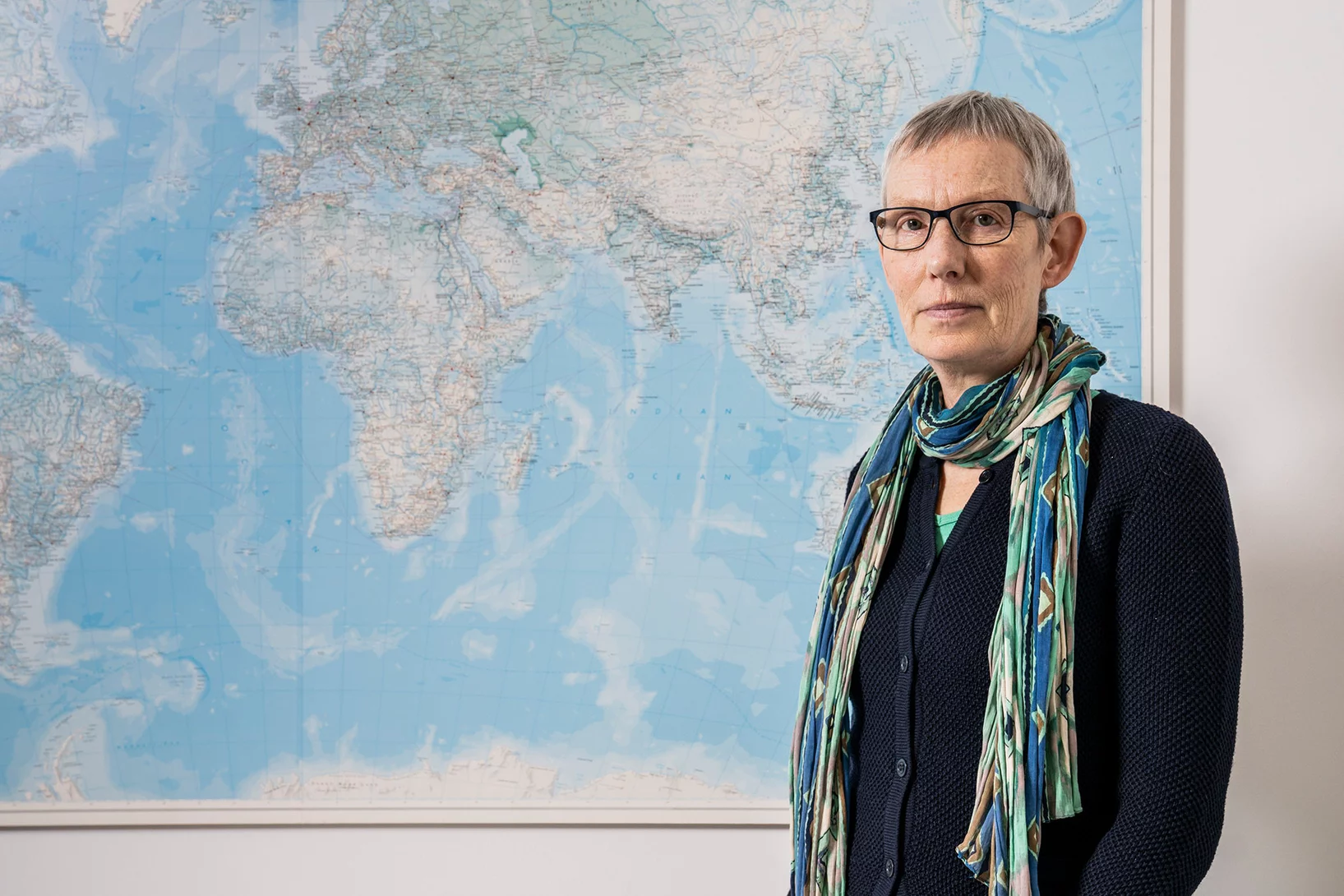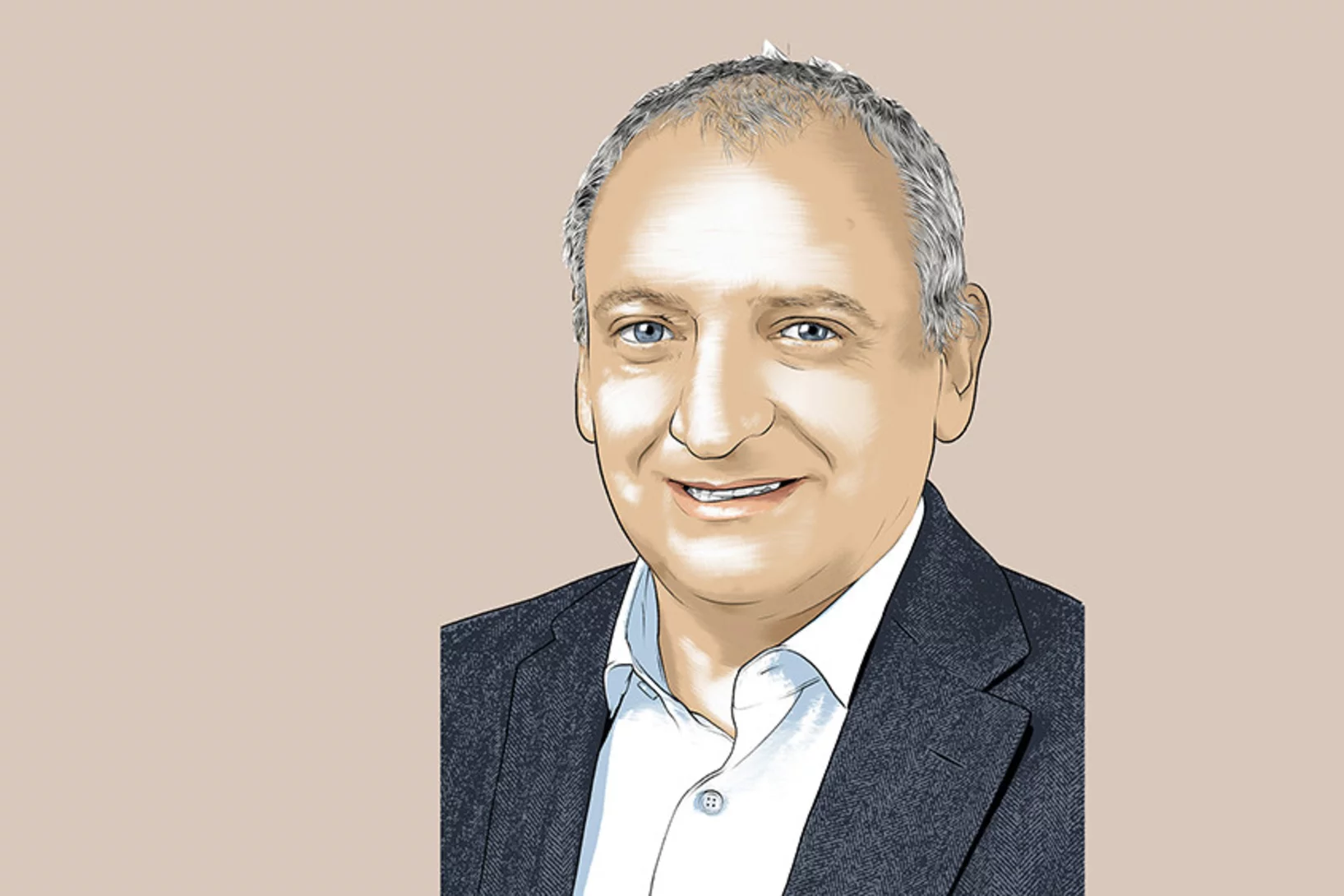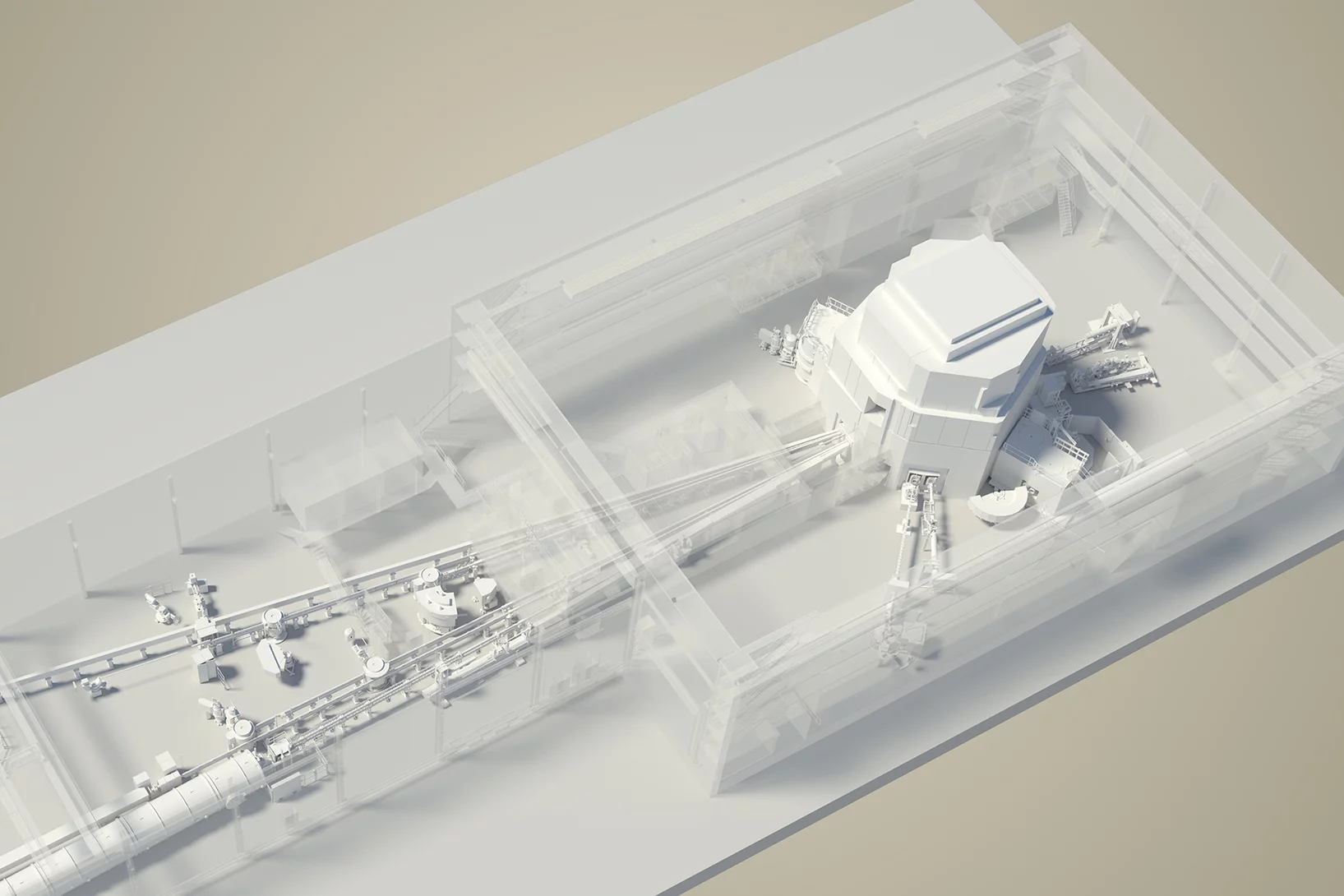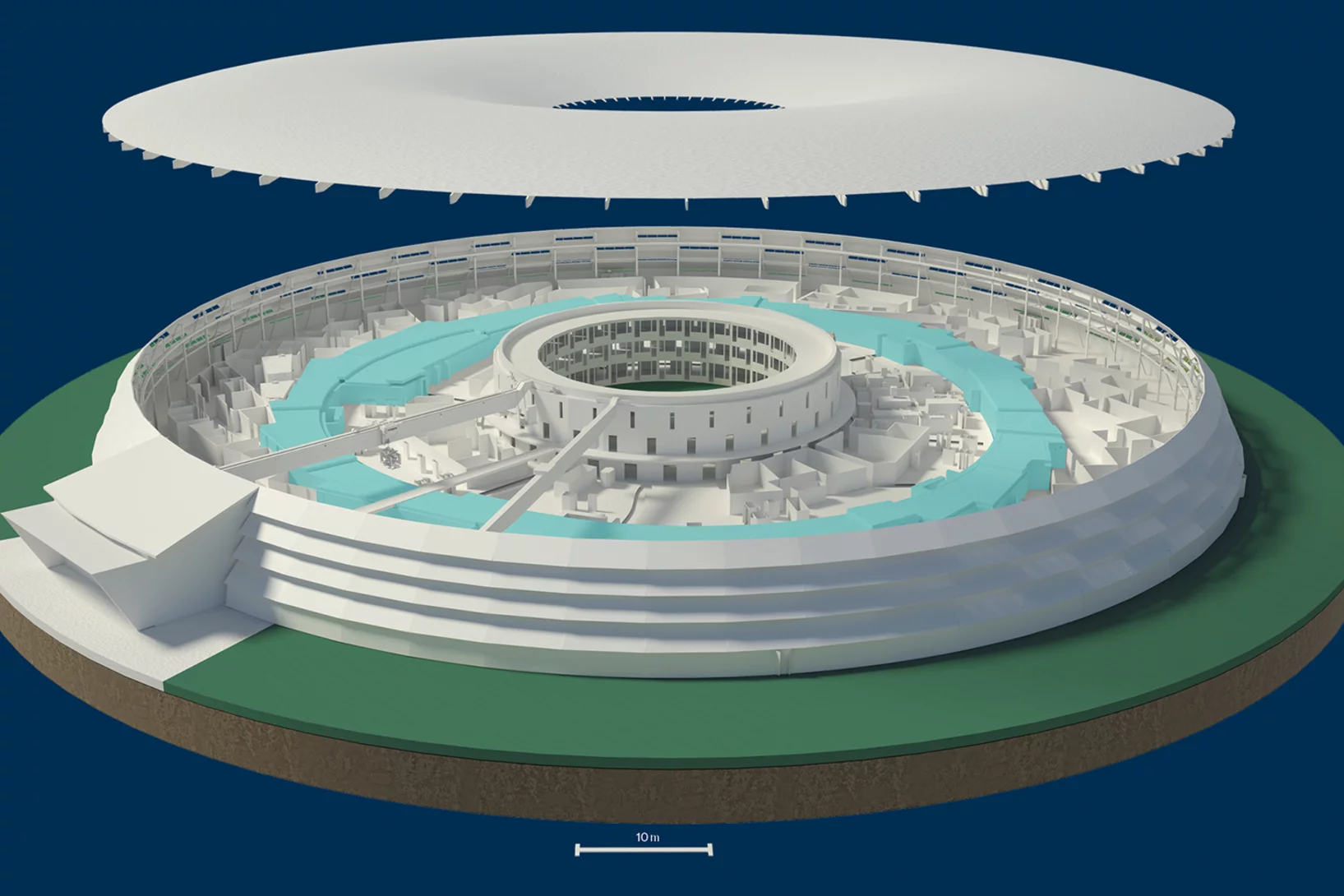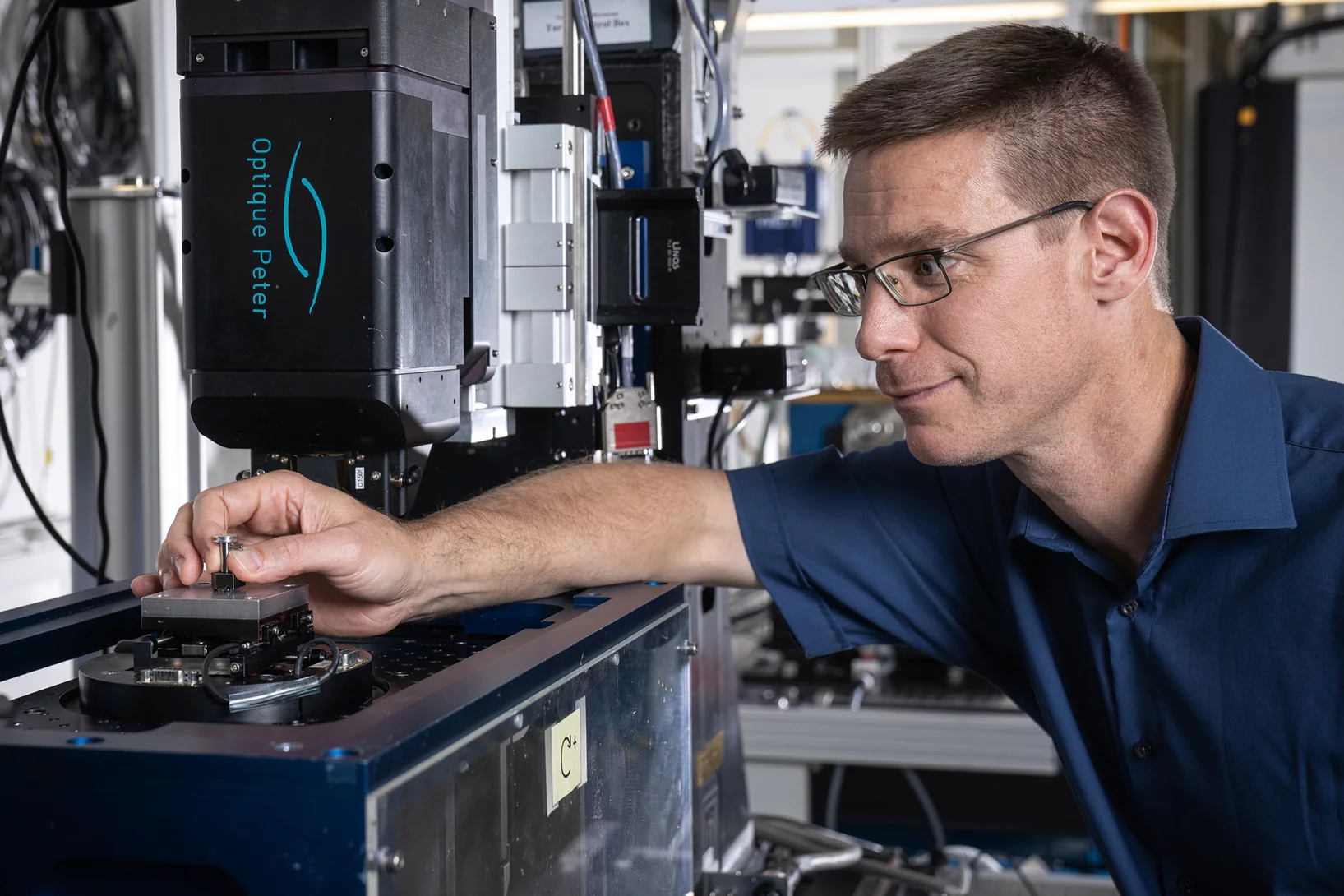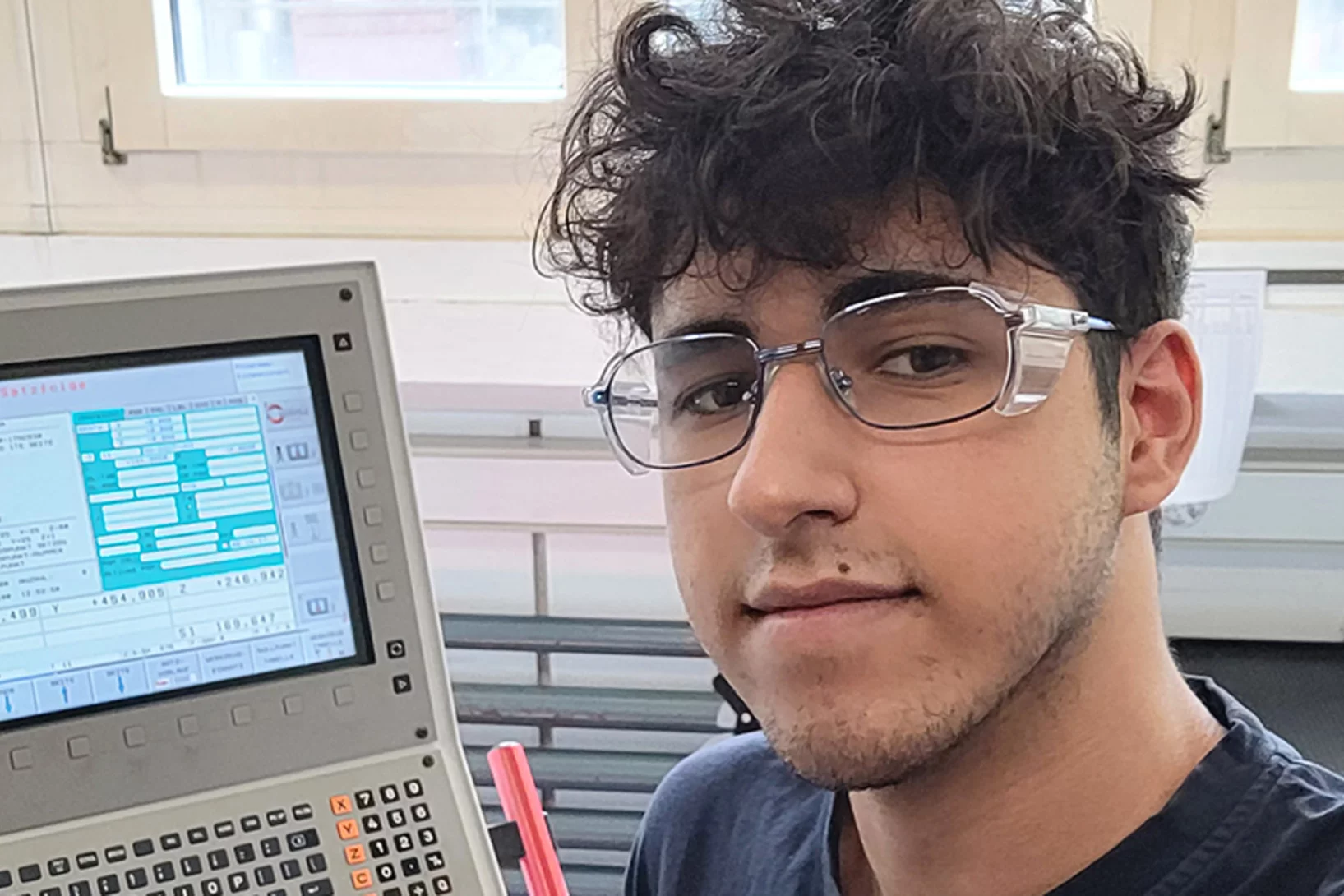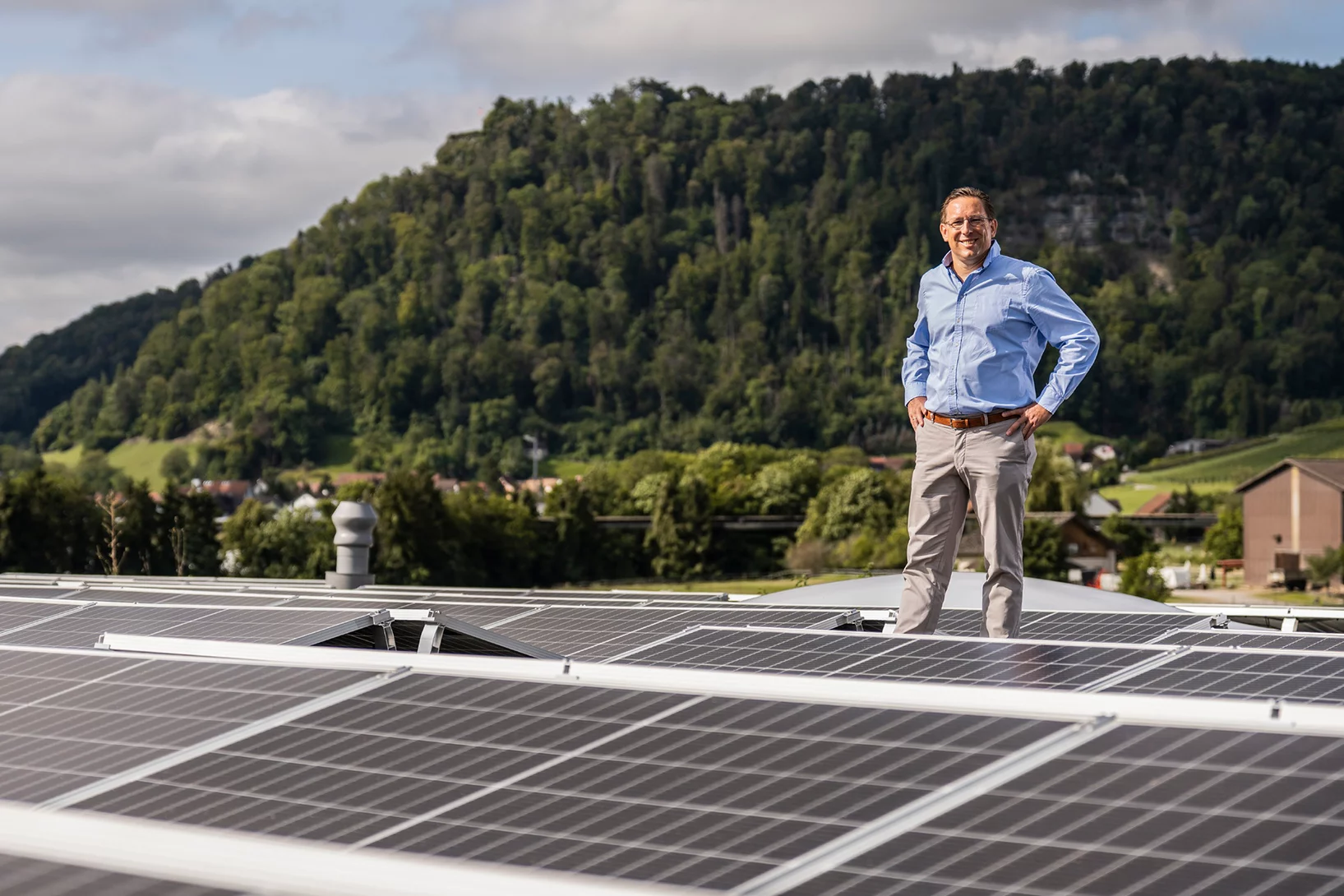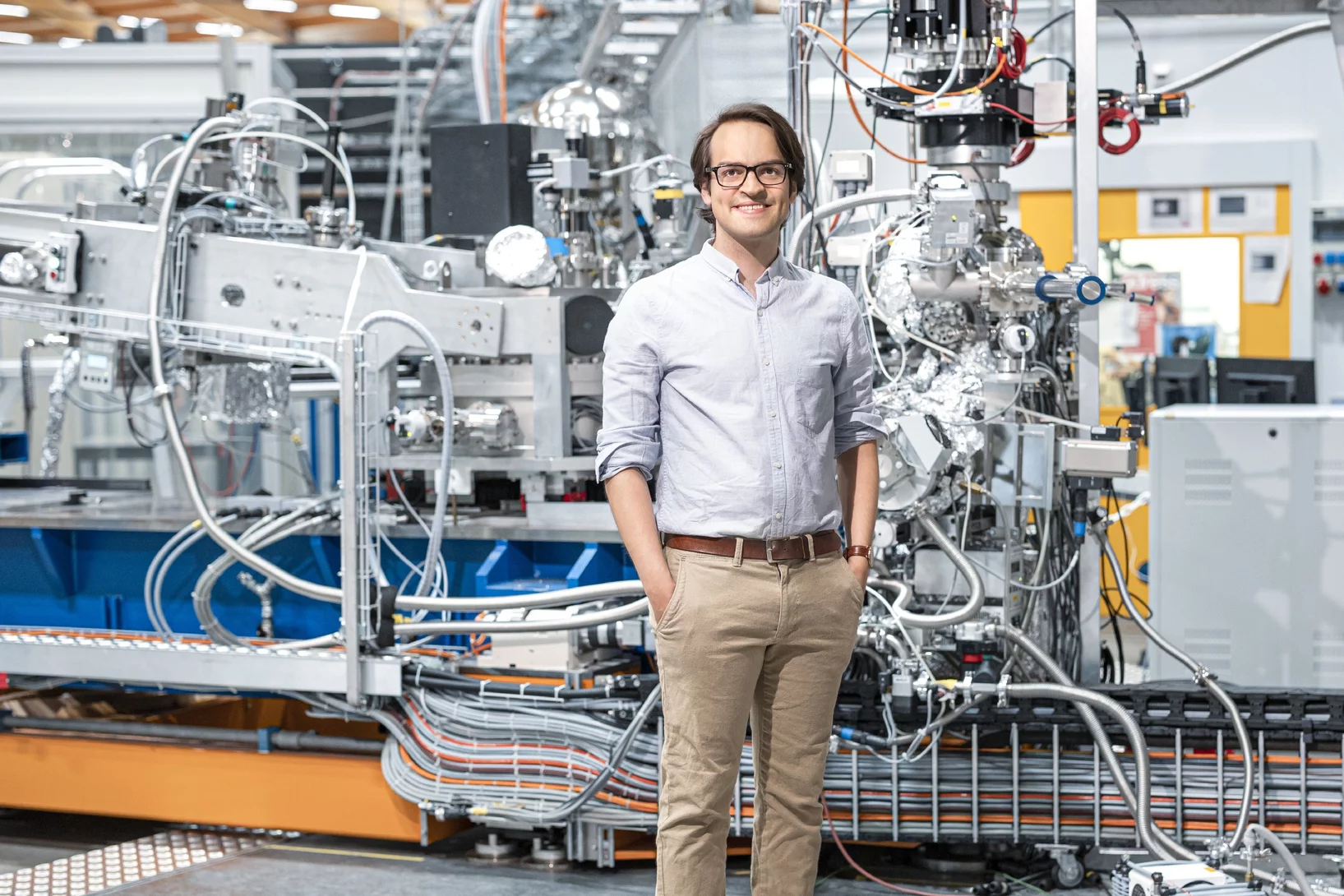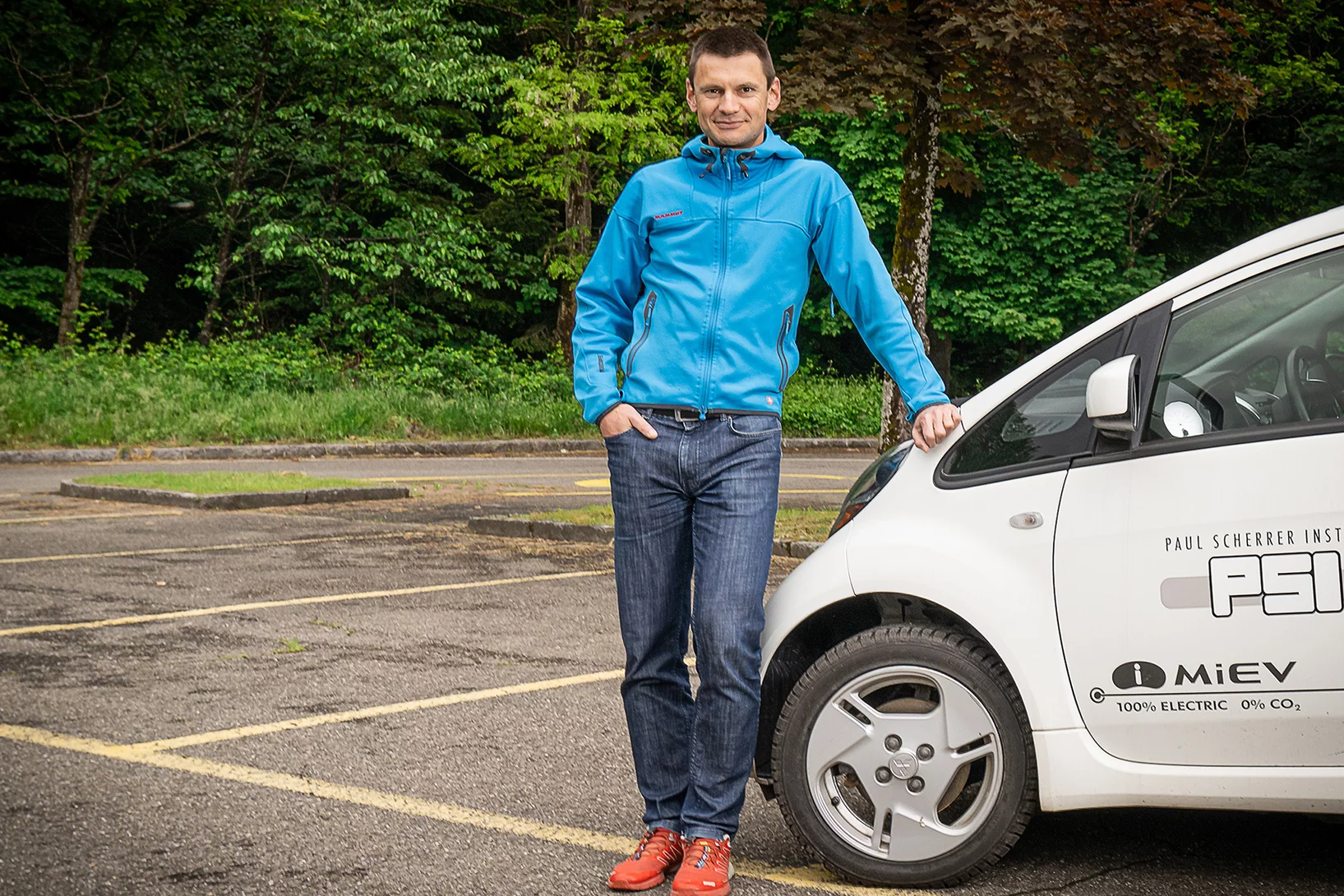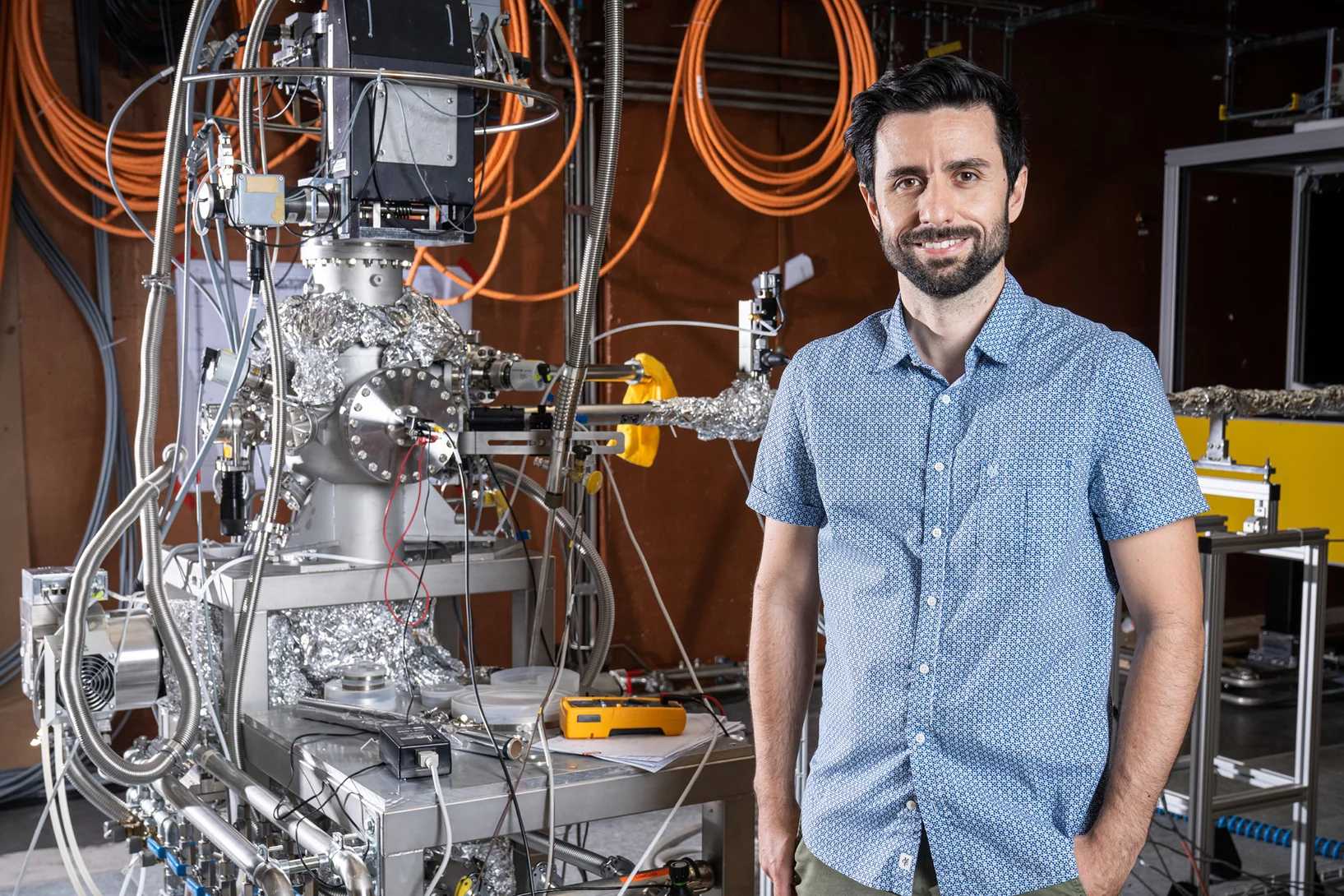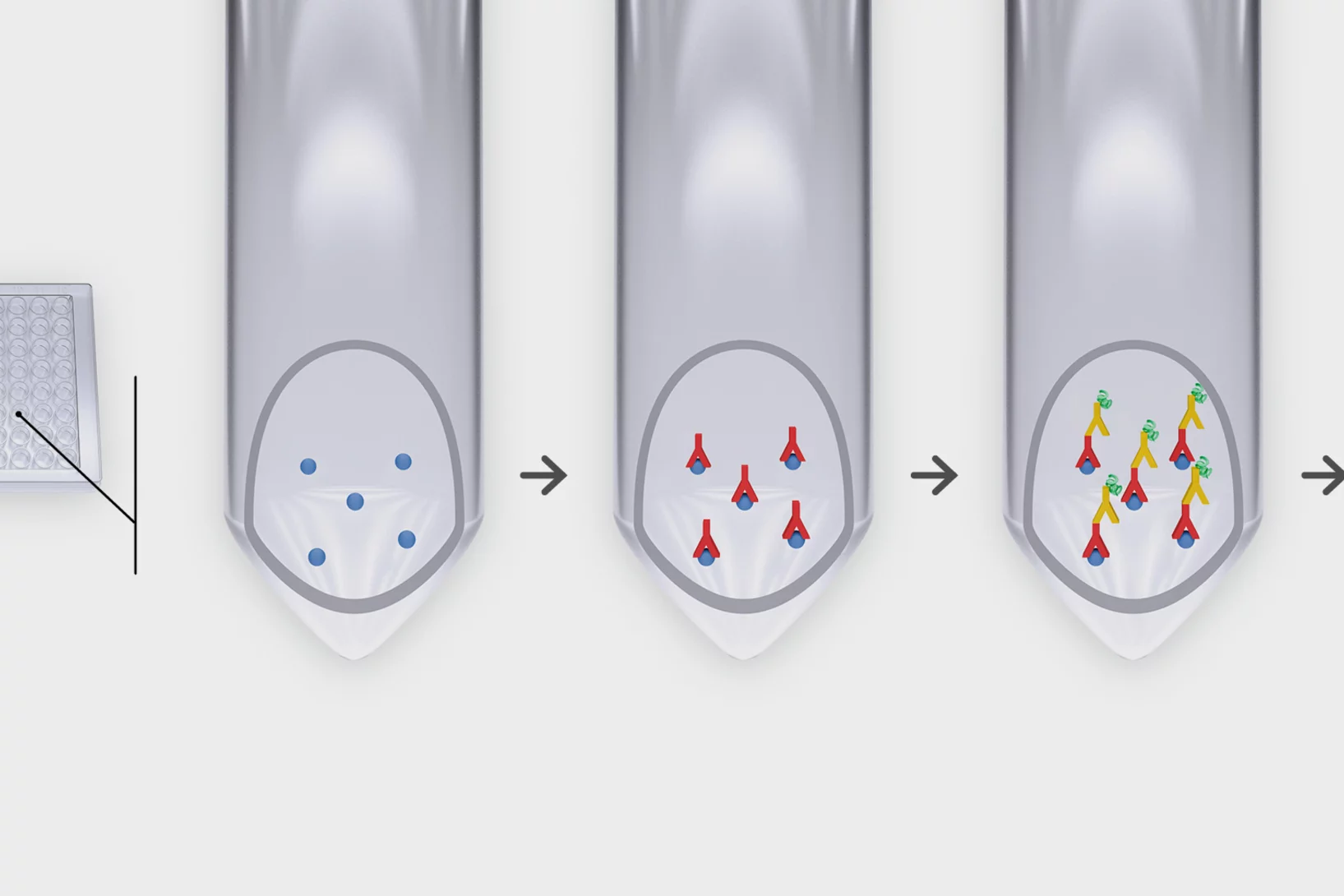“A race against time”
At a conference the international ice core science community discusses the latest developments in their field.
The Jungfraujoch aerosol detectives
Aside from its stunning landscape, the Jungfraujoch also provides an ideal location to research the impact of aerosols on our climate.
The gold medal and a handshake from the Federal Councillor
SwissSkills names PSI electronics technician Melvin Deubelbeiss the best apprenticeship graduate in his field.
A warm intrusion in the Arctic causes extreme pollution levels
Surprising data about pollutants in the Northern Hemisphere
A piece of PSI history sets off on a long journey
Off to new shores – a high-tech component is on its way from PSI to Australia by sea. In future, it will be deployed at the Australian Synchrotron in Melbourne.
Weird fossil is not our ancestor
X-ray light solves puzzle of human ancestry
PSI’s own brand
Components made to order in PSI’s express workshop
Big Data at PSI
A short number crunching about the annual data volume at PSI
Swissmedic grants operating licence for new radiopharmaceutical production facility
From research to production – the new pharmaceutical lab at PSI supplies neighbouring hospitals with novel cancer drugs.
Solving the unsolvable
PSI and ETH Zurich have founded the Quantum Computing Hub, where top researchers work together on concepts for quantum computers.
A better understanding of water
Potentiometric map of water molecules created
Faster and smarter
PSI is pooling its expertise regarding the evaluation of research data in the new research division Scientific Computing, Theory and Data.
Hercules and batteries, X-rayed
With muons, PSI researchers can examine objects non-destructively. This helps in archaeology and battery development.
Power-to-gas system for energy independence
New technology provides synthetic natural gas for domestic heating
Visiting the researchers
A tour through the new exhibition in the PSI Visitor Centre
Nominated: High-precision X-rays of breast tissue
Employing high-resolution X-rays to diagnose breast cancer – PSI researchers nominated for the European Inventor Award.
SLS 2.0: The upgrade of the large research facility is progressing
The first special magnets required for the upgrade have arrived. In addition, the Canton of Aargau has released 9.75 million Swiss francs for the TOMCAT beamline.
Thinking in different time frames
Marc Janoschek explains the significance of PSI’s involvement in the European Spallation Source.
Light amplification accelerates chemical reactions in aerosols
Consideration in future climate models important.
Rescuing Earth’s icy memory
An international research team with PSI participation is rushing to preserve glacier ice for posterity.
Cool newcomer
Cryo-electron microscopy can help resolve many open questions about light-sensitive proteins, rapidly and with high precision.
Two million Swiss francs granted to search for new physics
Philipp Schmidt-Wellenburg will set up a novel experiment at a muon beamline at PSI.
The wondrous world of light antennas
How light receptors can be used to specifically switch processes in cells on and off.
Waves on circular paths
Energy-efficient alternative to information transmission with electric current
Scientists map Arctic aerosols to better understand regional warming
In order to better understand climate change in the Arctic and design effective mitigation measures, scientists at EPFL and PSI have studied the aerosols in a region spanning from Russia to Canada.
The ETH Board and the institutions of the ETH Domain reaffirm their solidarity with Ukraine
International Day of Women and Girls in Science
International Day of Women and Girls in Science: To celebrate the day, we present seven outstanding women working in science at PSI.
Sounds of science
Can you see sounds? Obviously not. Nevertheless, this Gallery attempts the seemingly impossible, building a visual bridge to the soundscape the ear perceives all around PSI.
Simulant material could aid in Fukushima cleanup
A new simulation of the most dangerous radioactive debris from the Fukushima nuclear power plant will help with clean-up efforts.
Manure and slurry are underused energy resources
Animal manure is packed with energy that is hugely underutilised. So concludes a white paper by Swiss bioenergy researchers.
Asthma: diagnosis in a single breath
PSI is involved in the development of a breath test that can be used to diagnose asthma. Imad El Haddad explains why such a test could be extremely useful – especially for children.
Millions in funding for brain and quantum research
The European Research Council approves PSI projects for the development of a quantum computer and brain research worth about 5 million euros.
The power of protons
This gallery presents five people who have been treated at the PSI's Center for Proton Therapy.
The world’s most powerful neutron microscope
PSI scientists help construct the new European Spallation Source ESS
"We can now look at climate change regionally"
Margit Schwikowski is head of the Laboratory for Environmental Chemistry at PSI. In an interview, she explains what aerosols have to do with climate change.
Unique and unusual
An interview with Mike Seidel, Head of the Large Research Facilities Division.
3D view: the Swiss Spallation Neutron Source SINQ
What are neutron guides and what is liquid deuterium used for at SINQ? Our 3D graphic of the Swiss neutron spallation source SINQ provides insights.
3D view: Swiss Light Source SLS
Linear accelerator, booster ring, storage ring: our 3D graphic of the Swiss Light Source shows the inside of the facility and how it serves research.
X-ray microscopy with 1000 tomograms per second
A team at the Swiss Light Source SLS have set a new record using an imaging method called tomoscopy.
"I wanted to do something concrete that I could be proud of"
Apprenticeship in the ETH Domain: PSI polymechanic Rohat Sihyürek tells.
Where will the electricity come from in 2050?
Net-zero goal for CO2 emissions is technically achievable.
Exploring the practical benefits of exotic materials
Niels Schröter receives an award from the Swiss Physical Society (SPG).
SLS: The new crane comes from above
The Swiss Light Source SLS is getting a second hall crane. But how can the 42-metre-long, 40-tonne monster get into the building? The only way is from above.
Effectively removing CO2 from the atmosphere
With careful planning, effective CO2 capture is technically possible.
PSI by night
Artificial light, singular radiance: Five pictures show PSI by night.
First light at Furka: The experiments can begin
The path to experiments that are unique in the world is now open.
Secret of Stradivarius violins revealed
As an international team of researchers discovered, the old Italian masters Stradivari and Guarneri relied on unexpected chemical additives in making violins.
Tracking down unreported Coronavirus cases
The University Hospital of Zurich uses proteins made at PSI for Europe’s first large-scale serology study on coronavirus prevalence in Switzerland.
